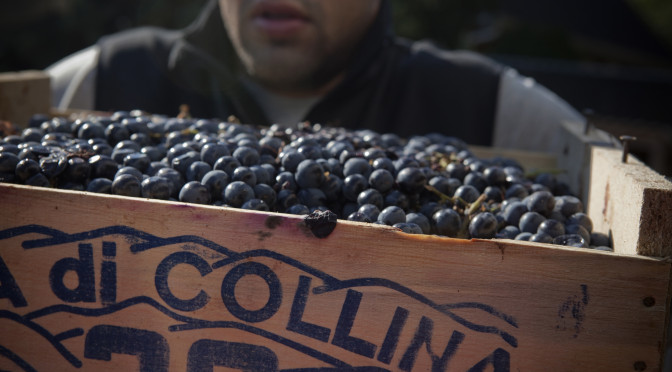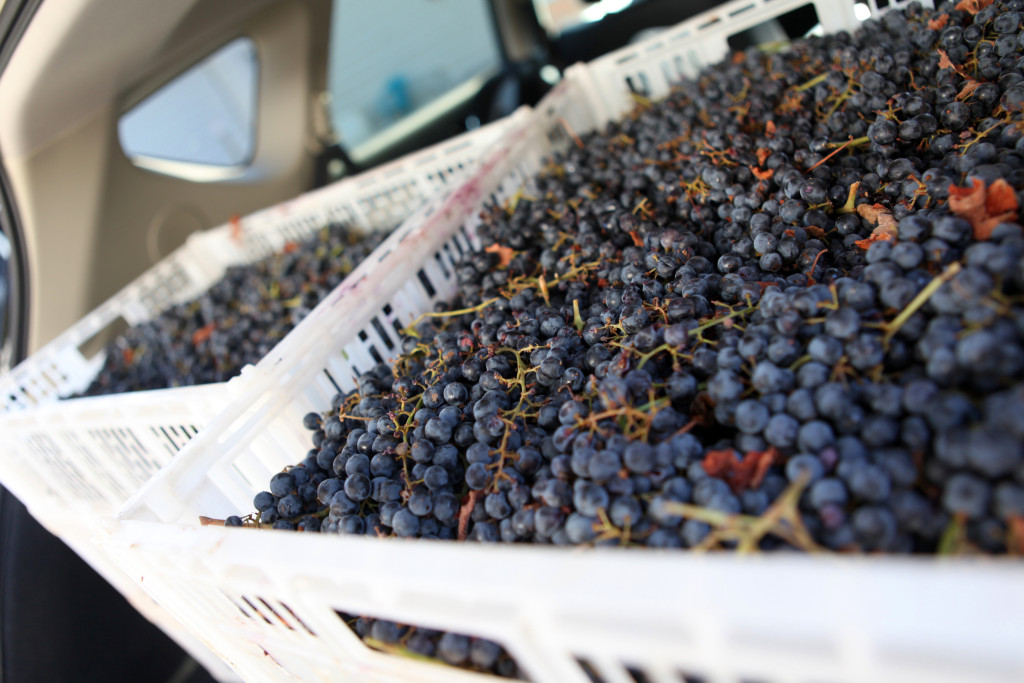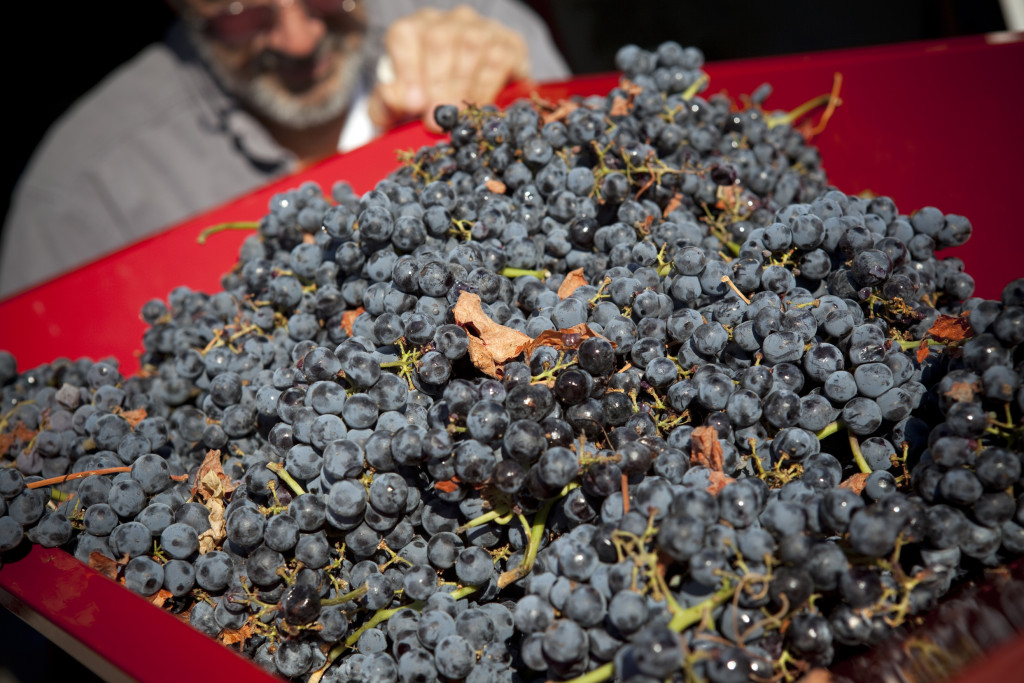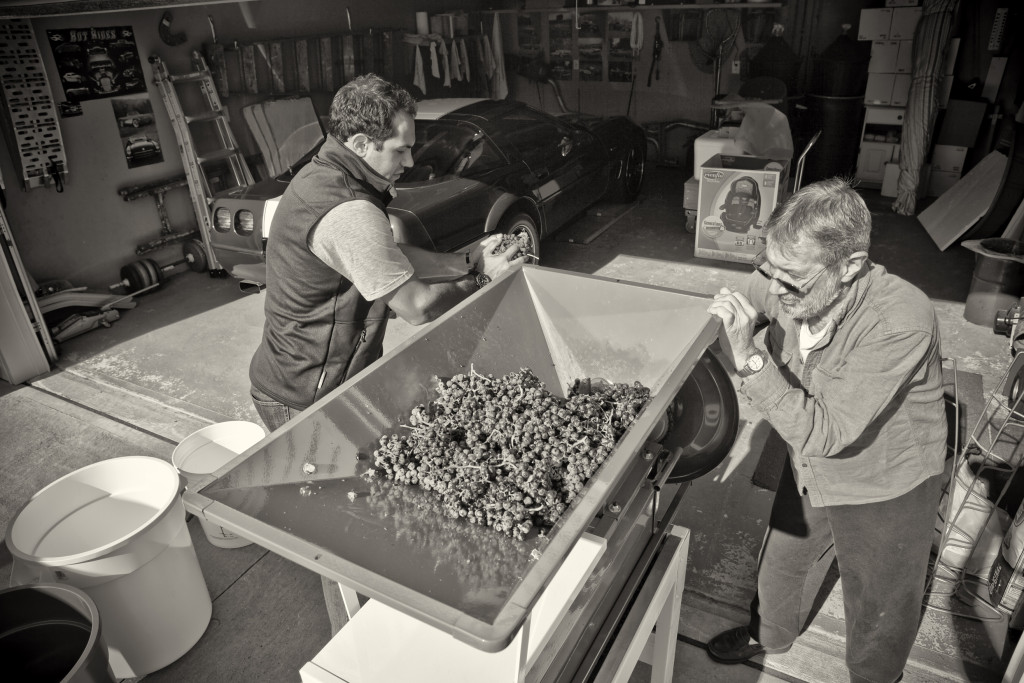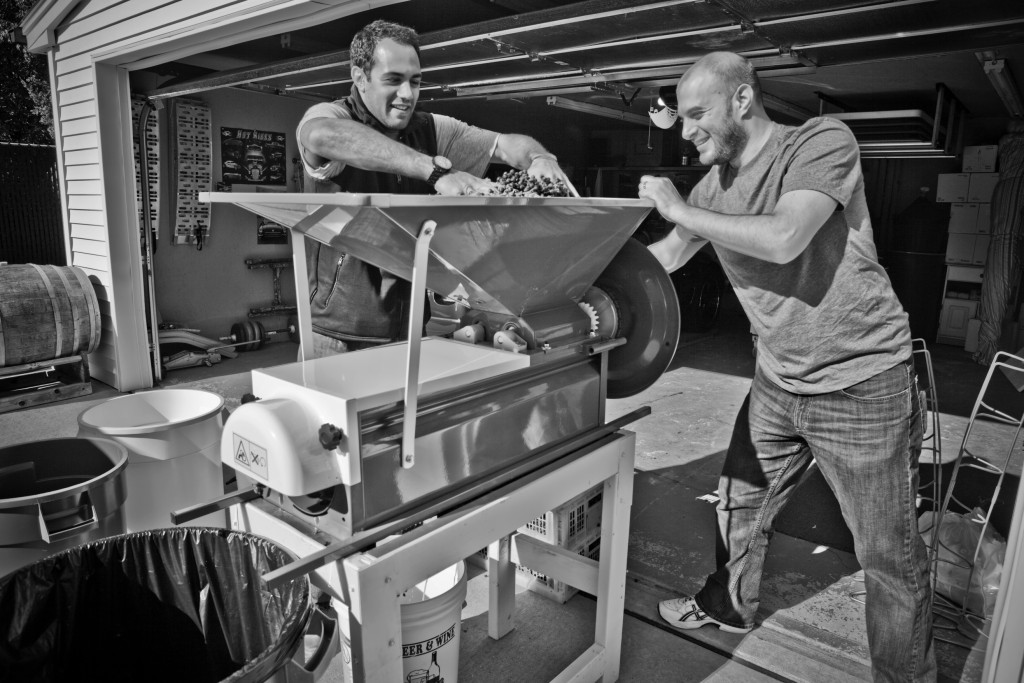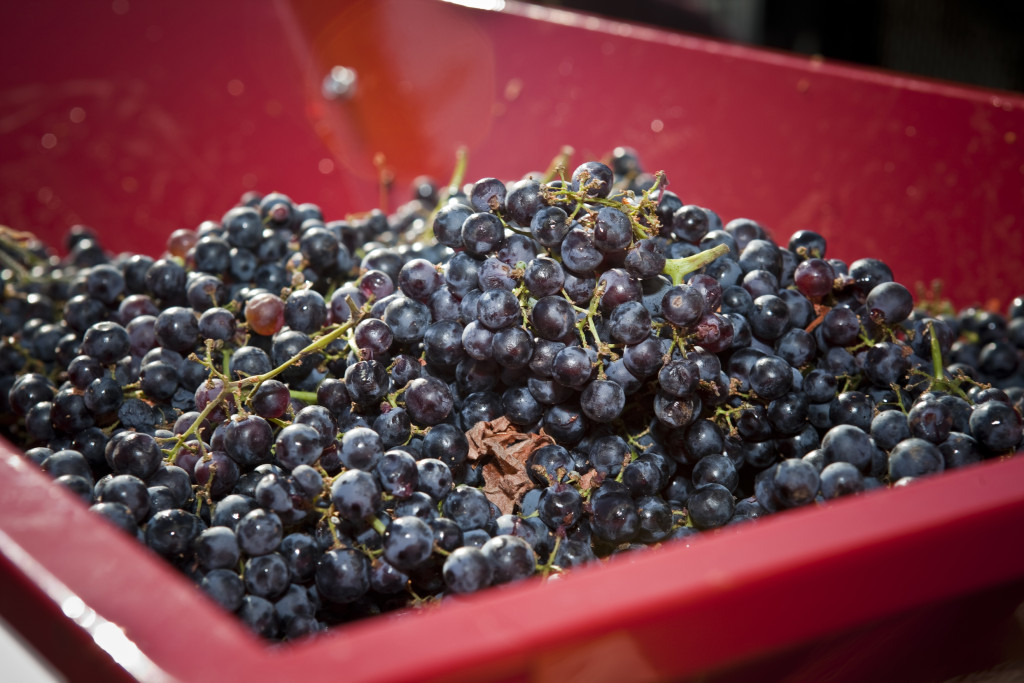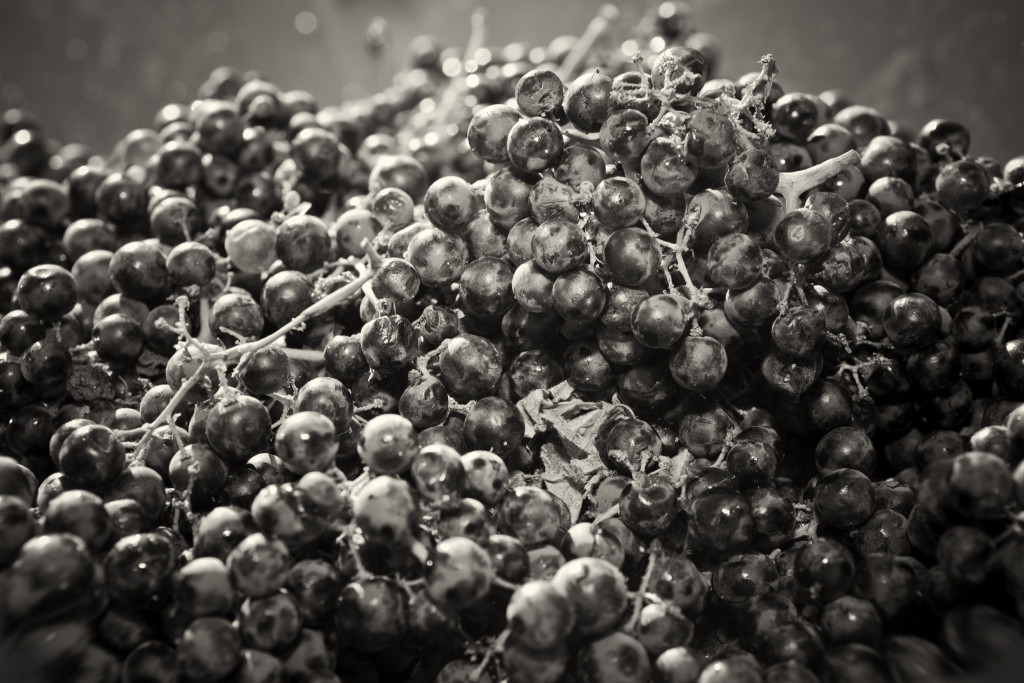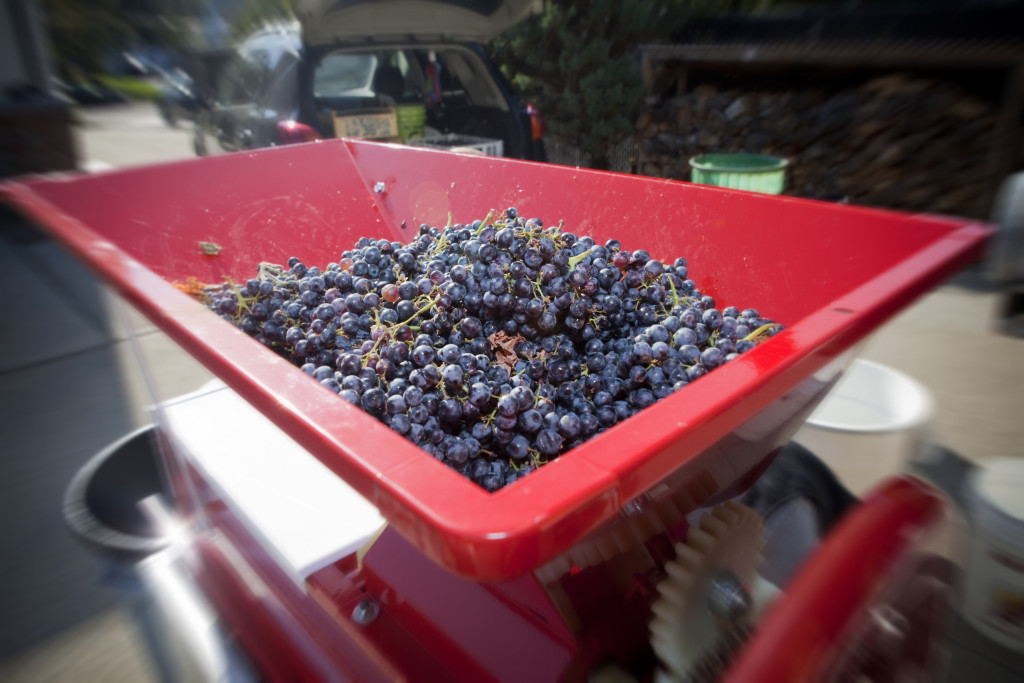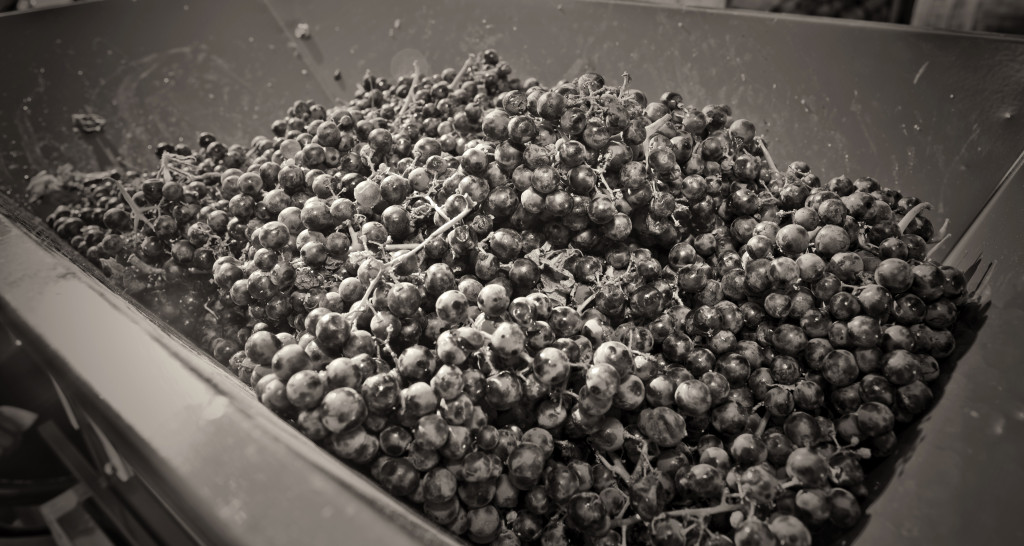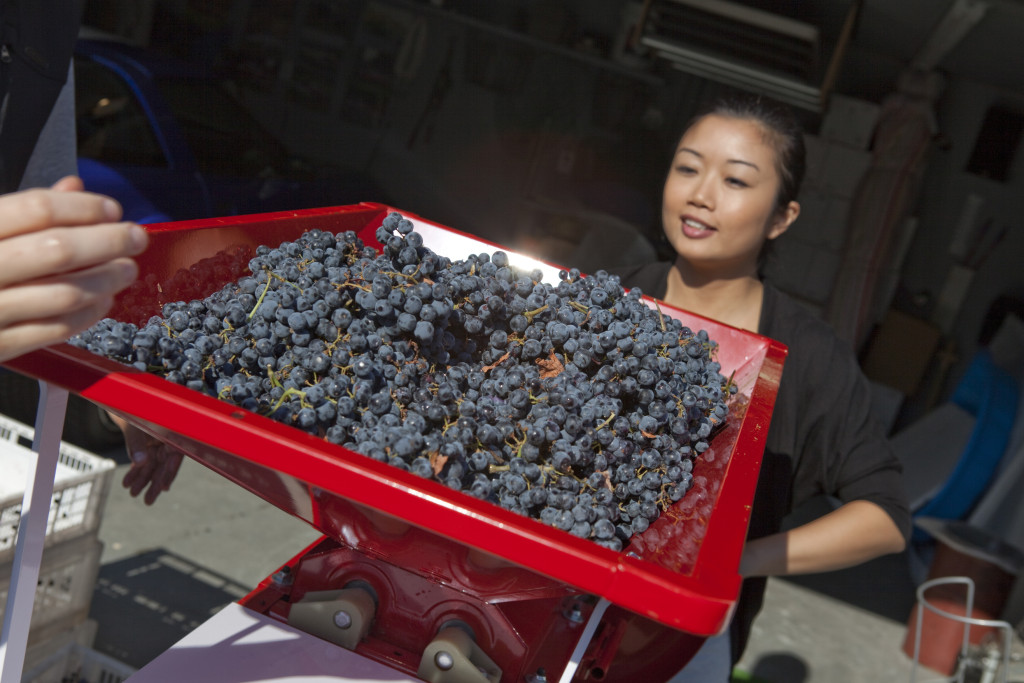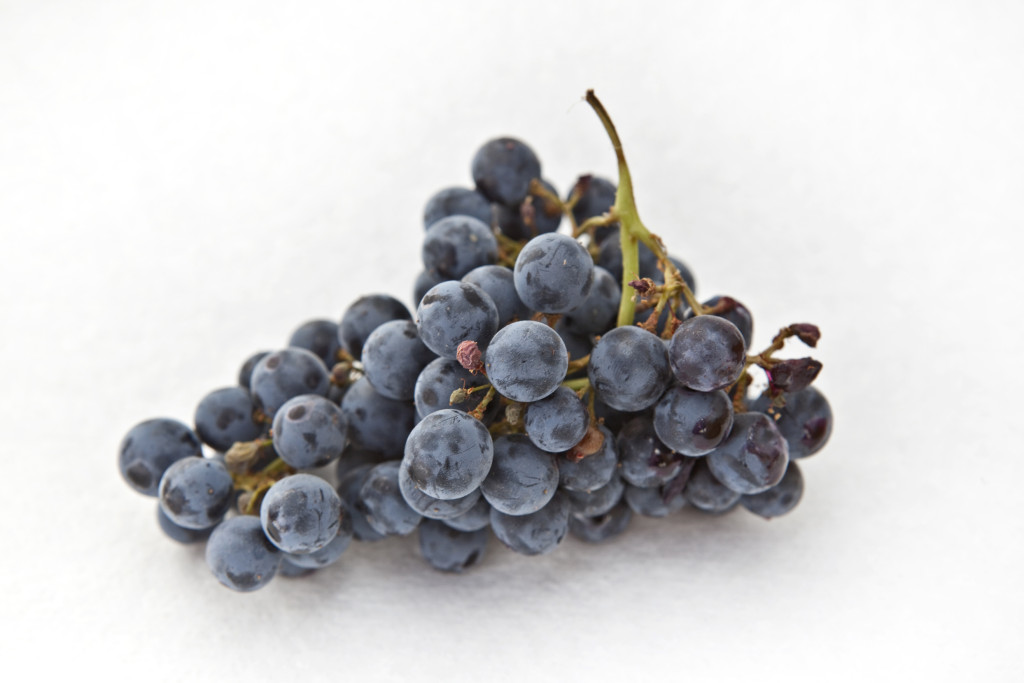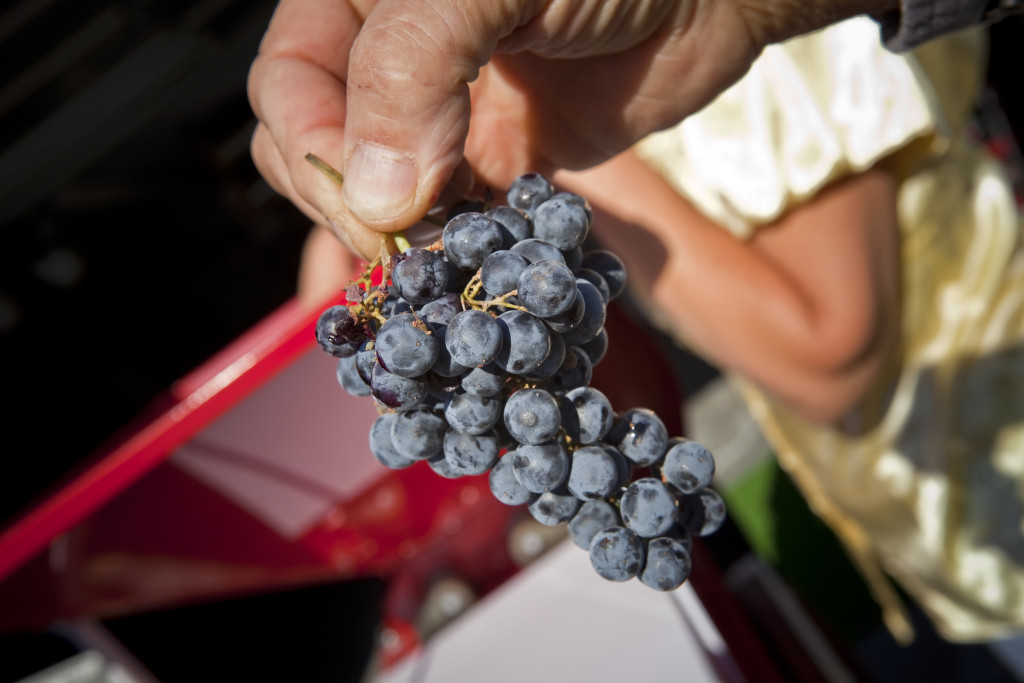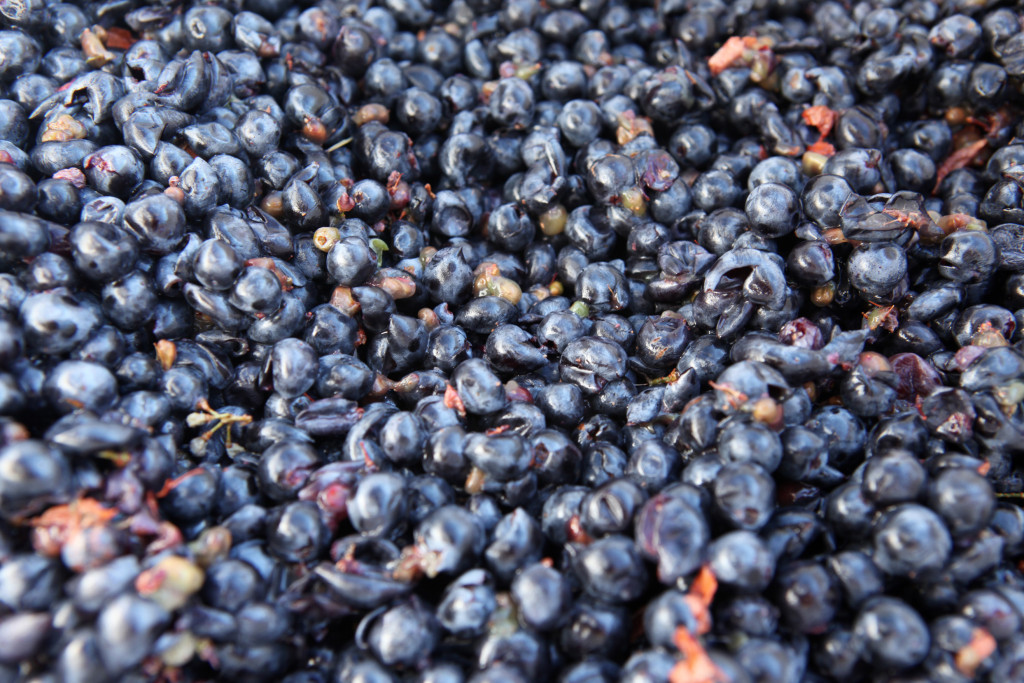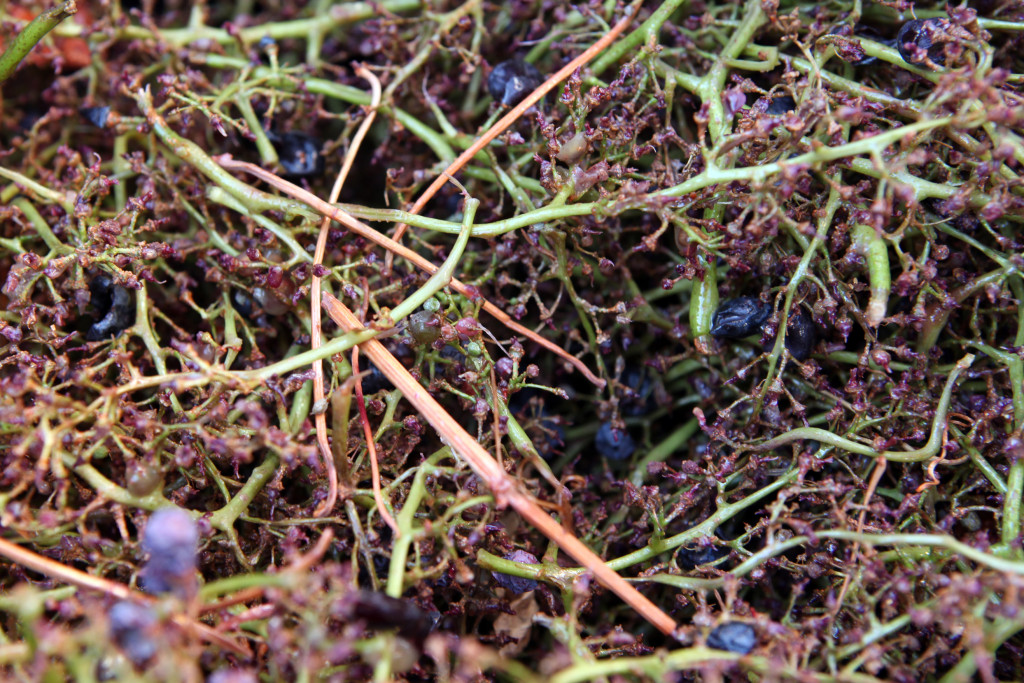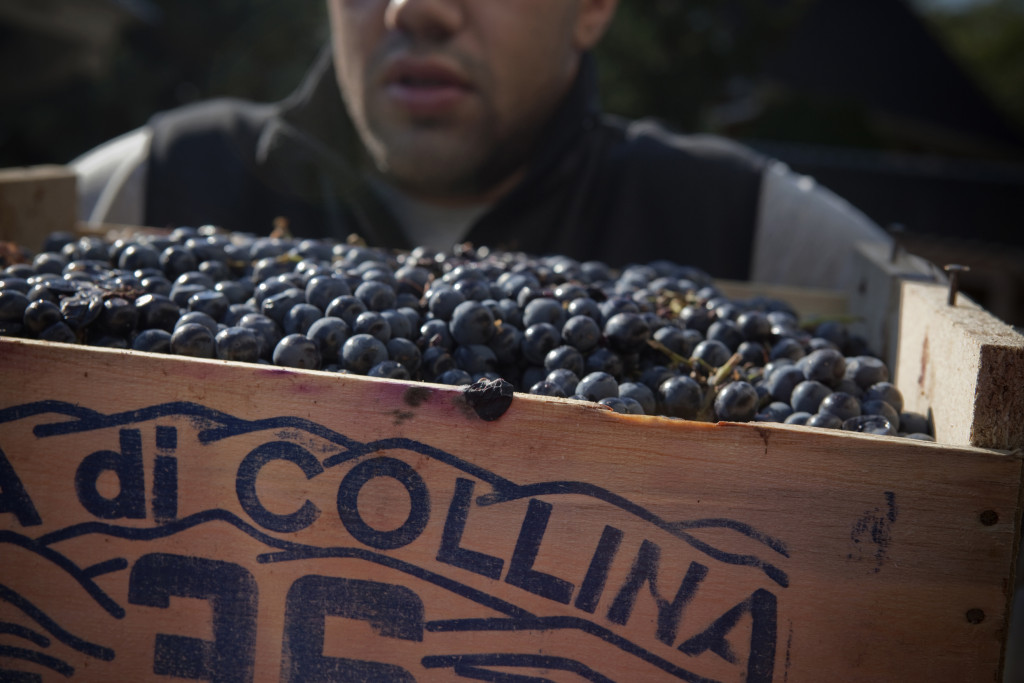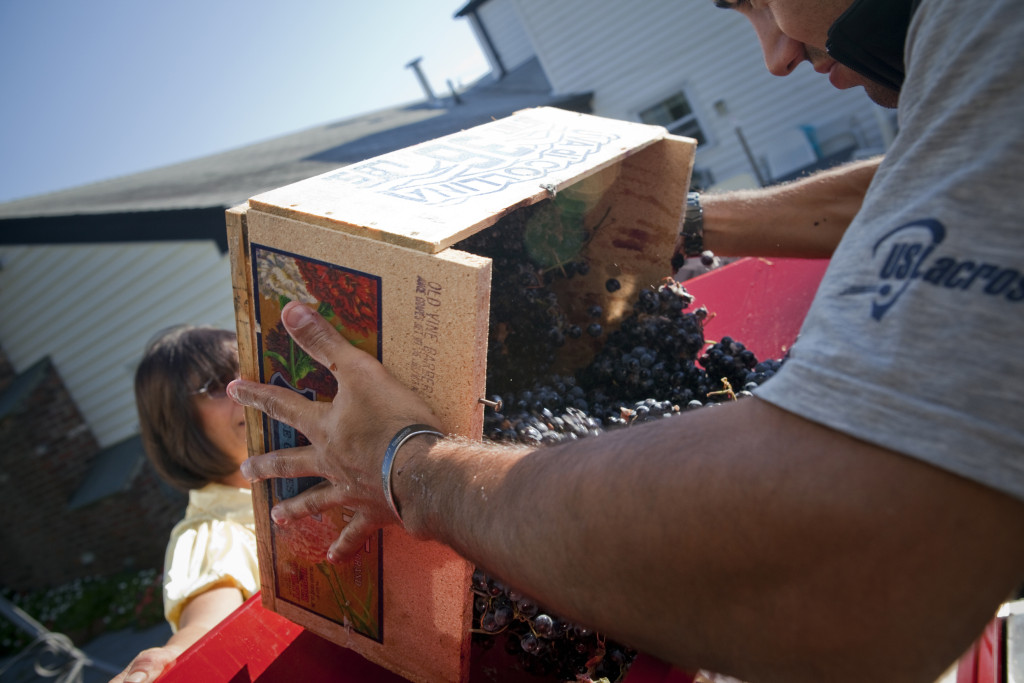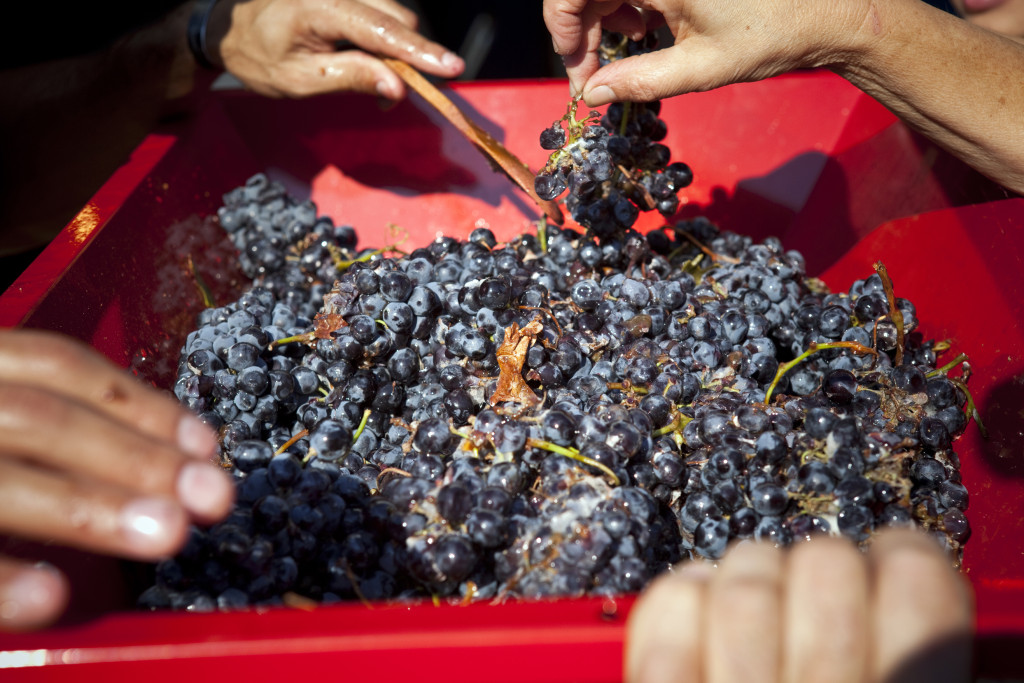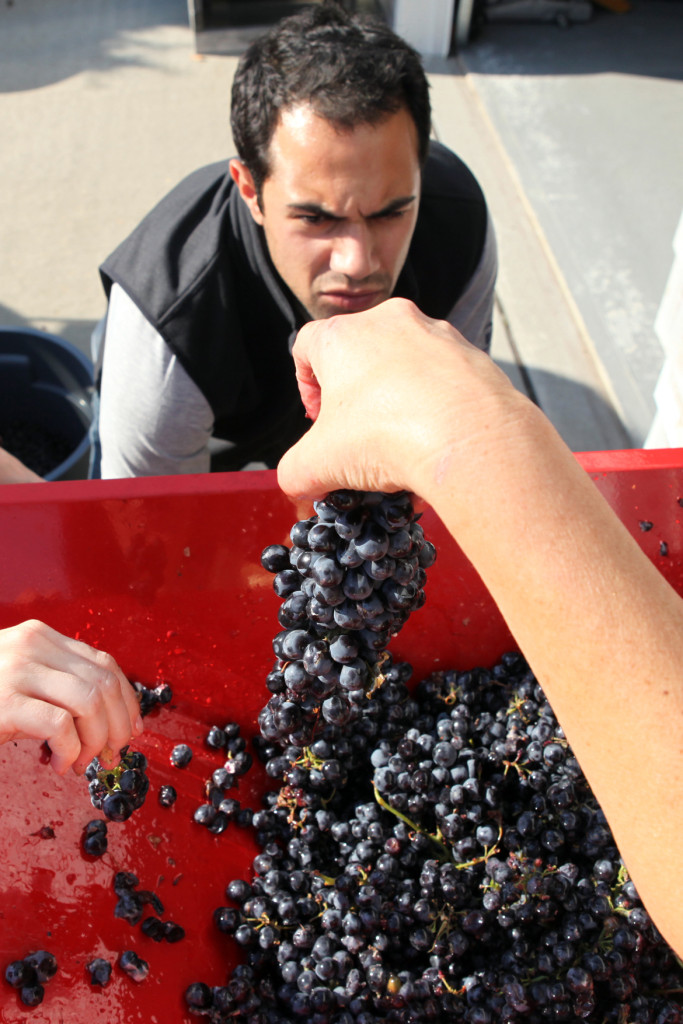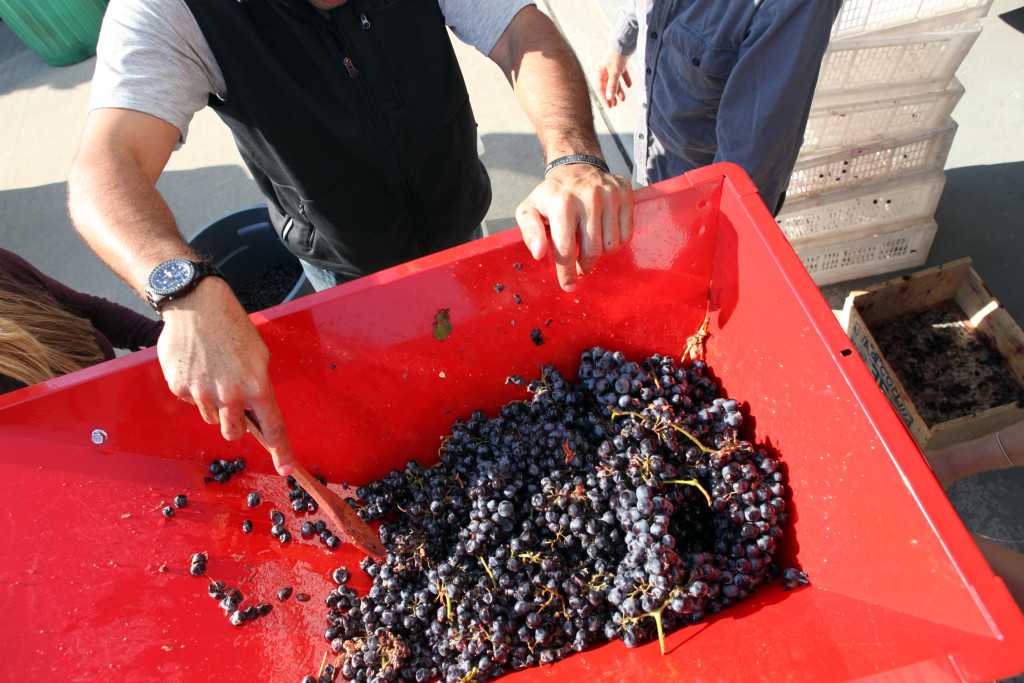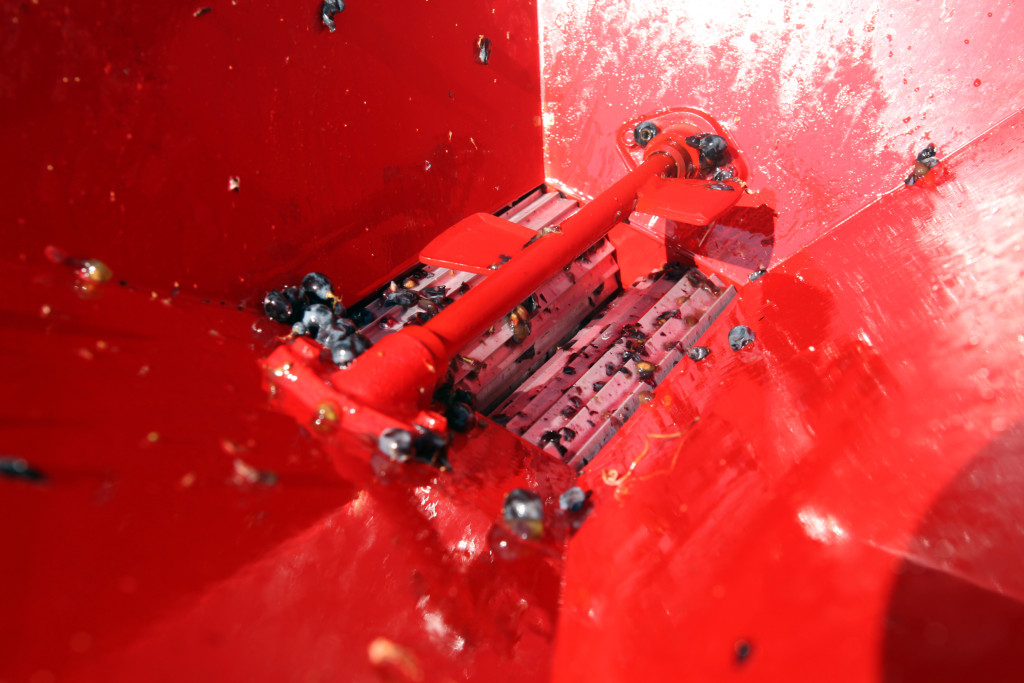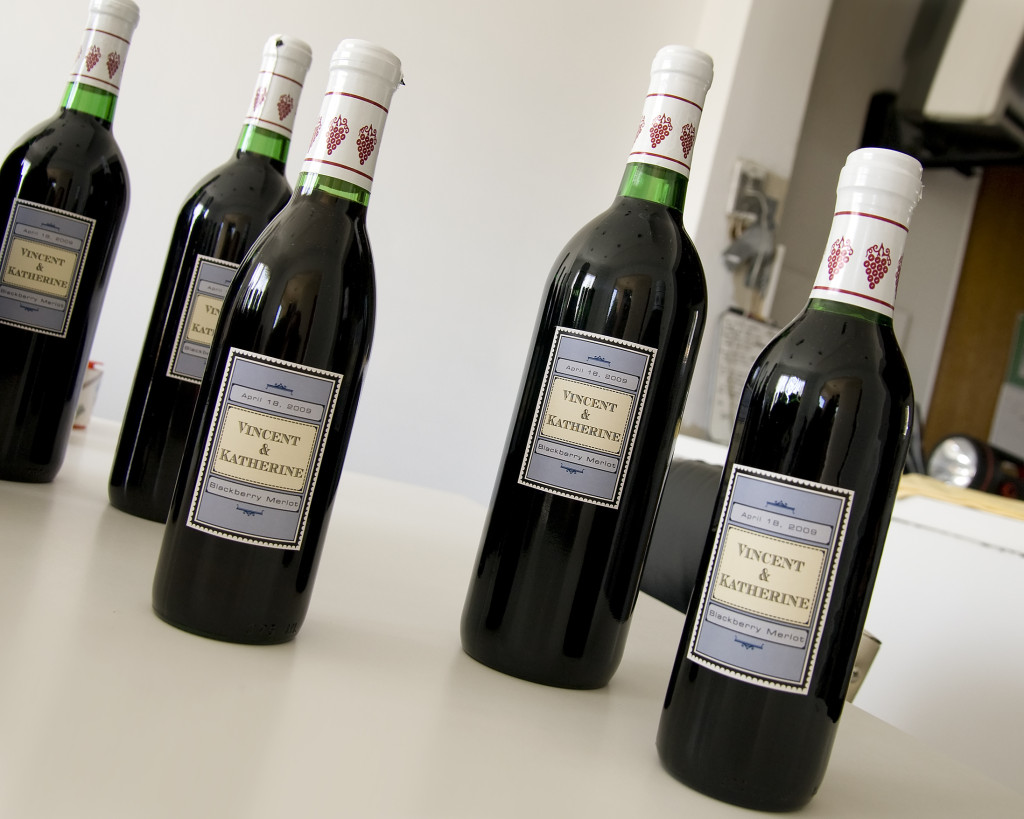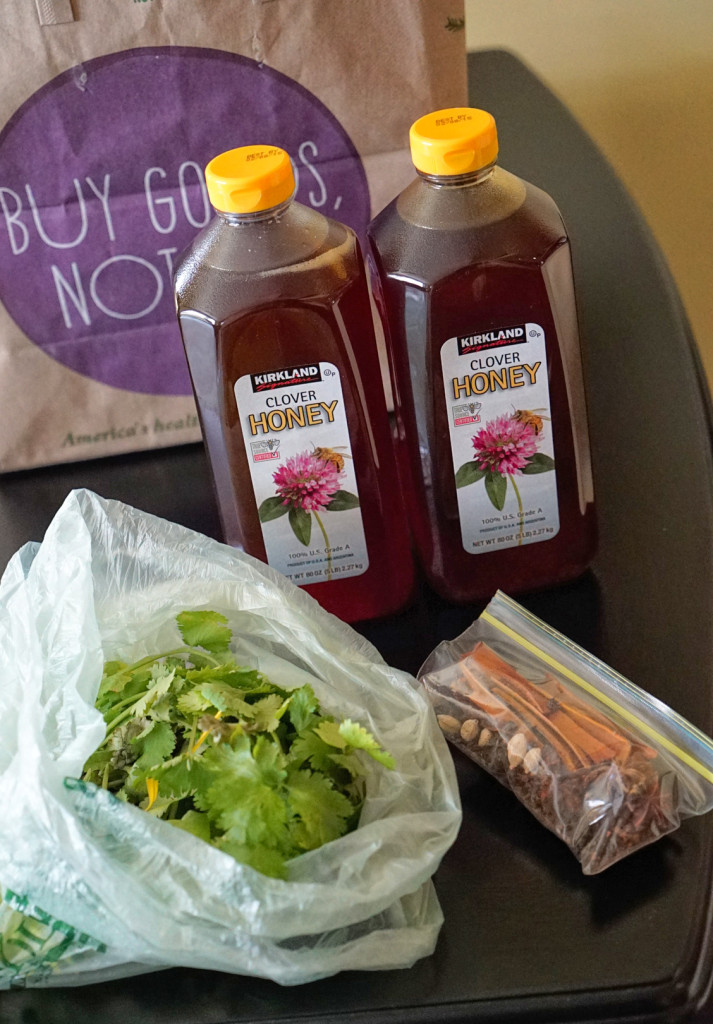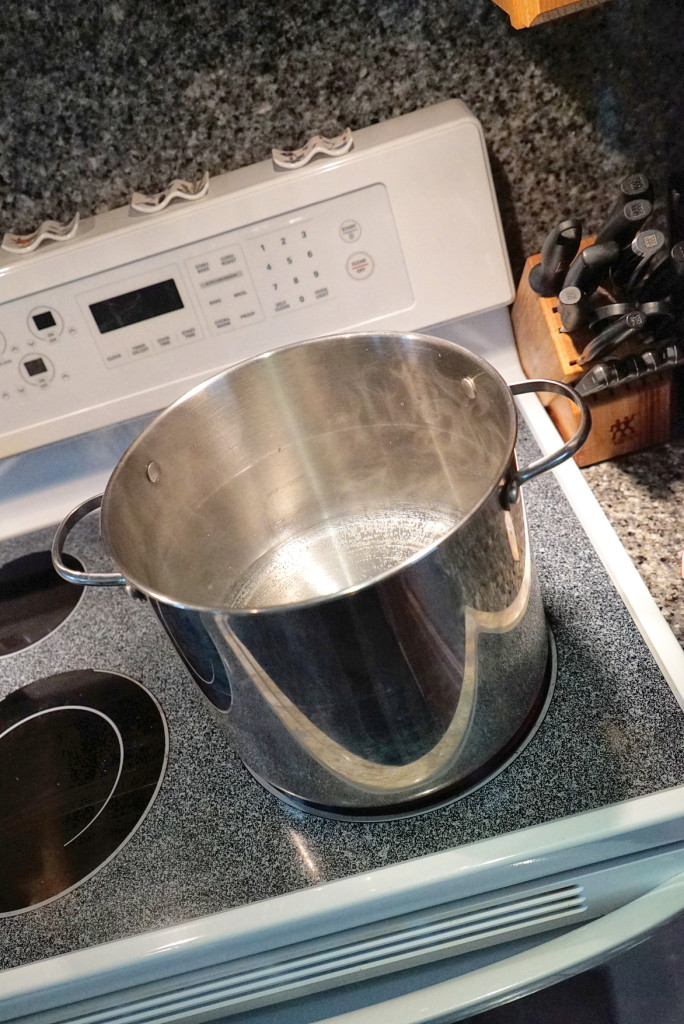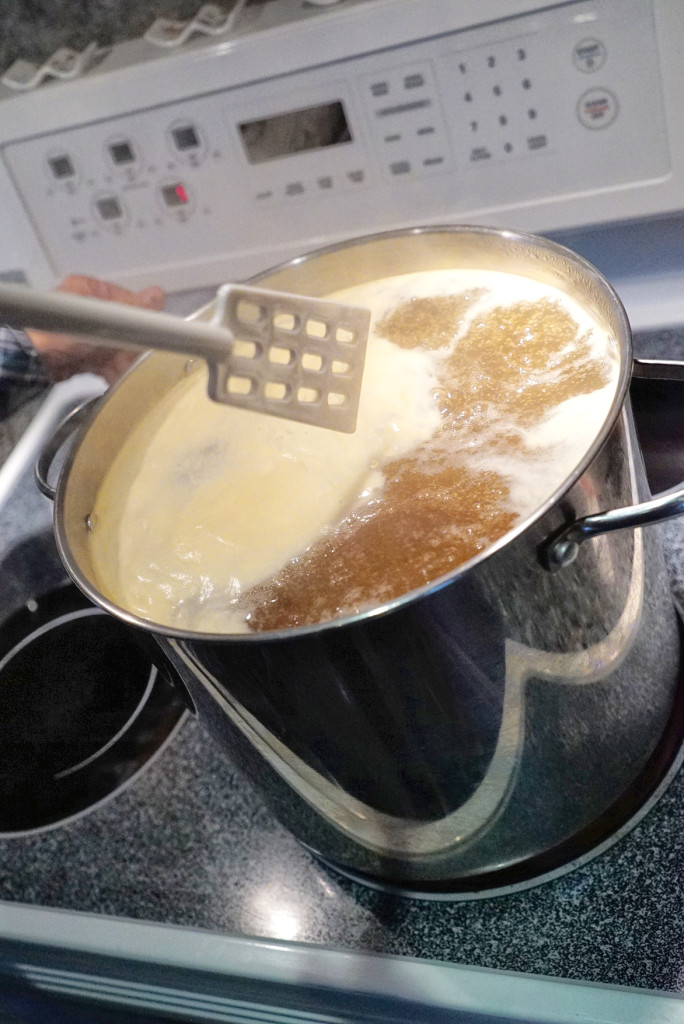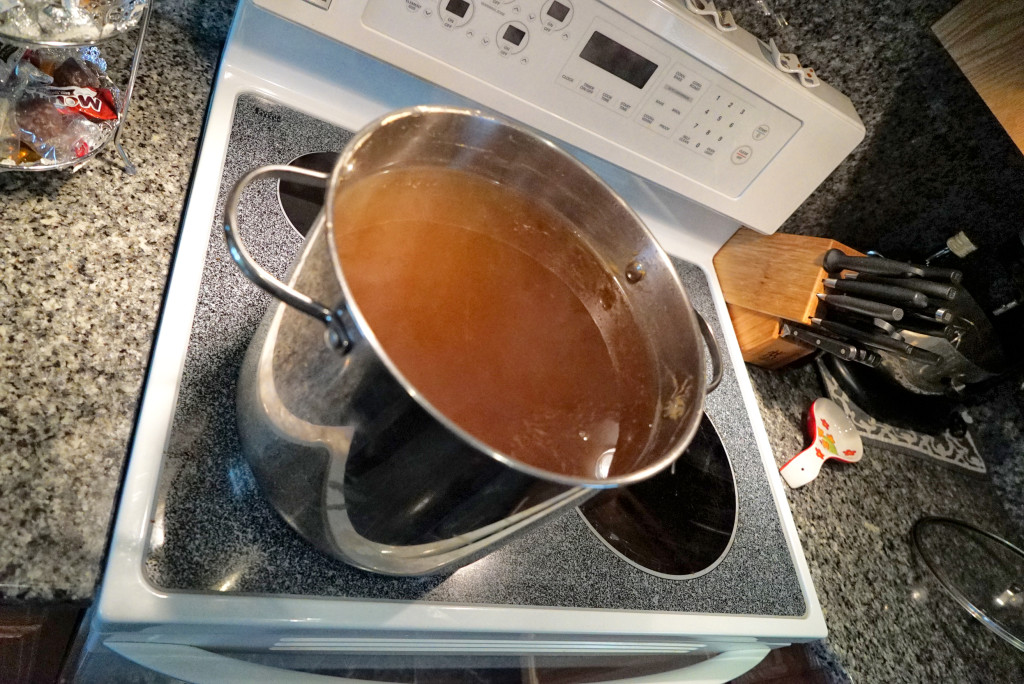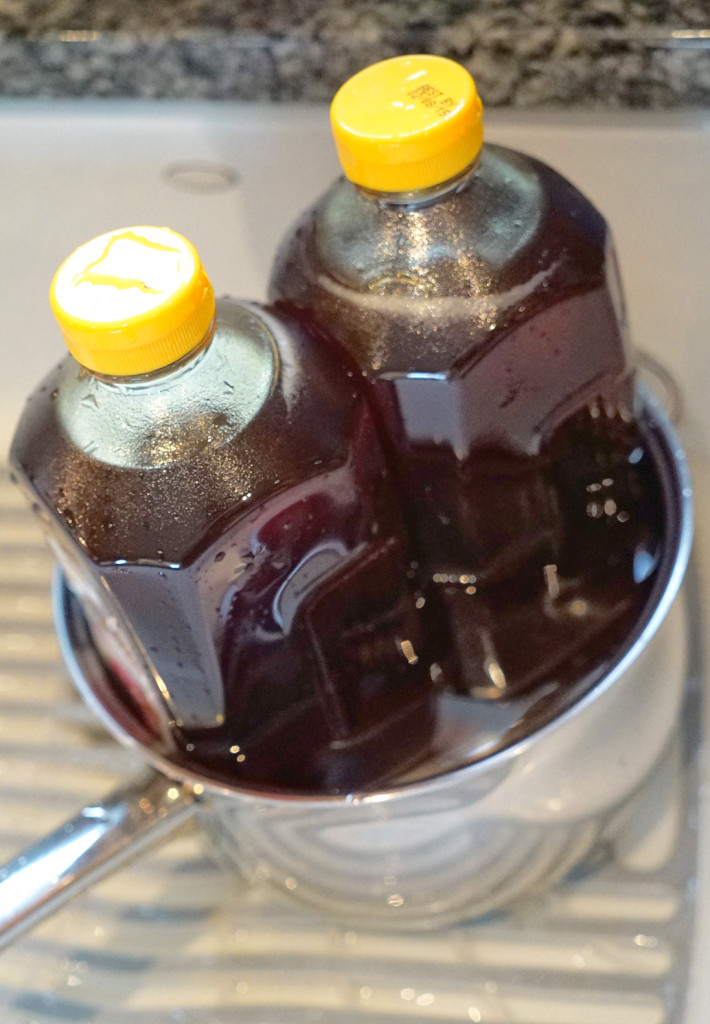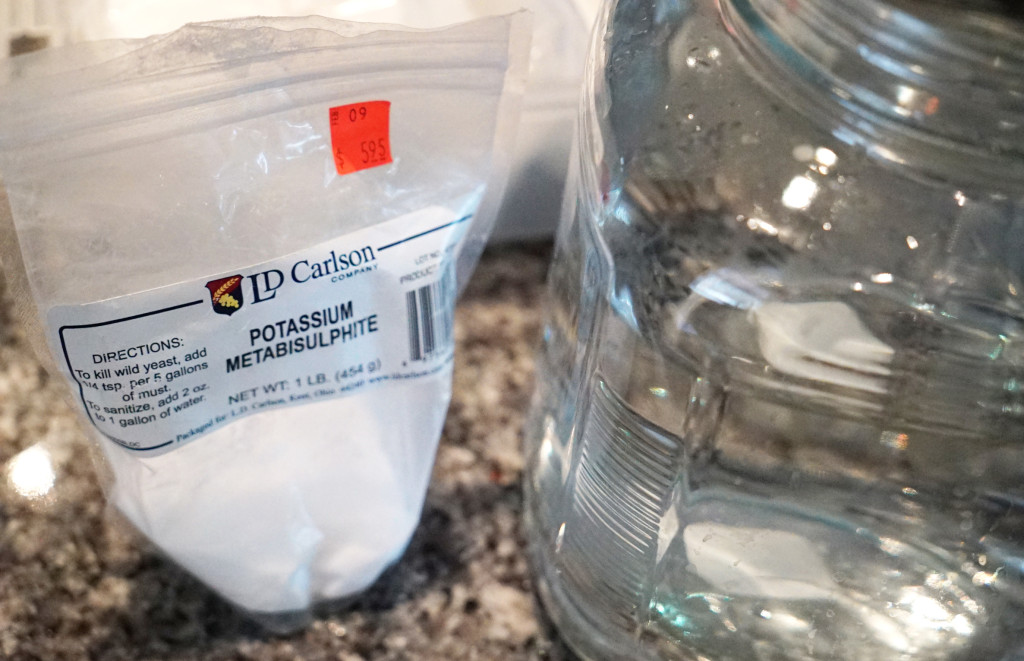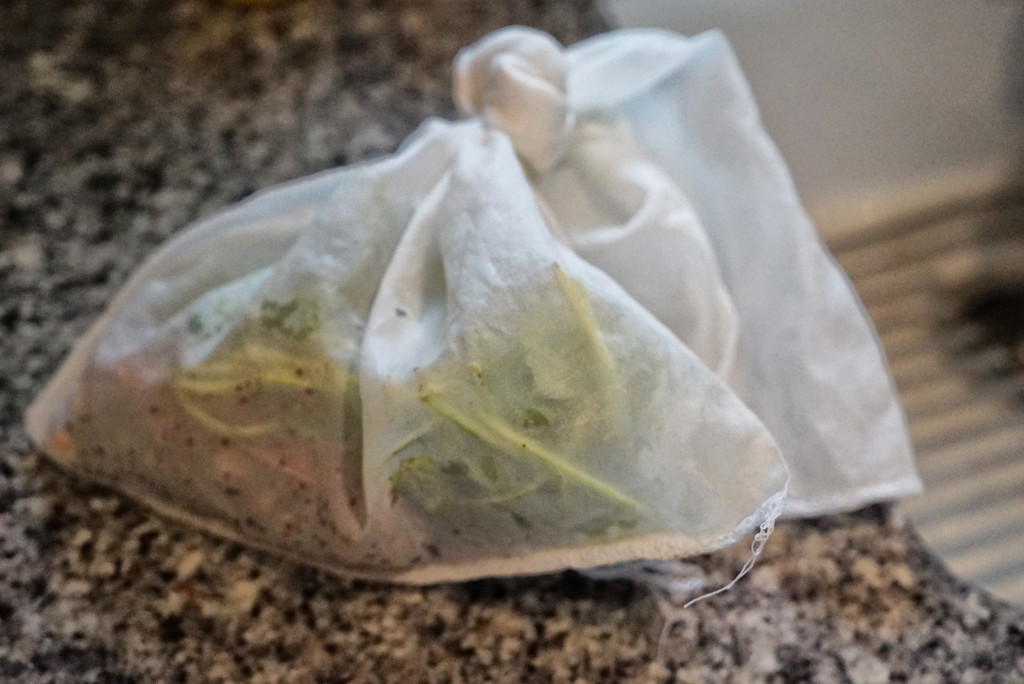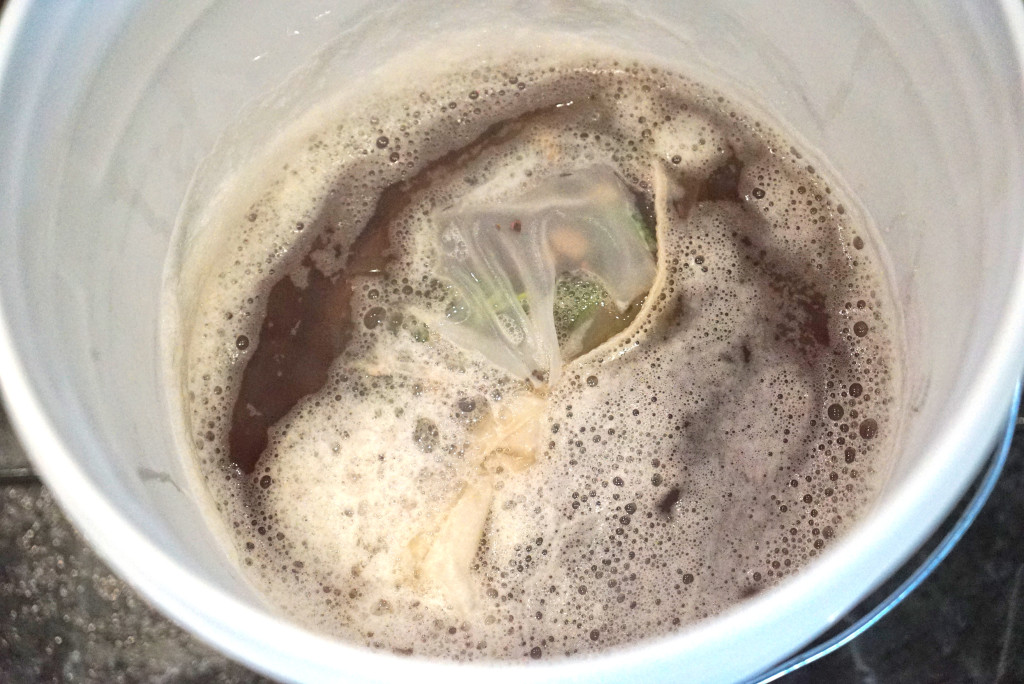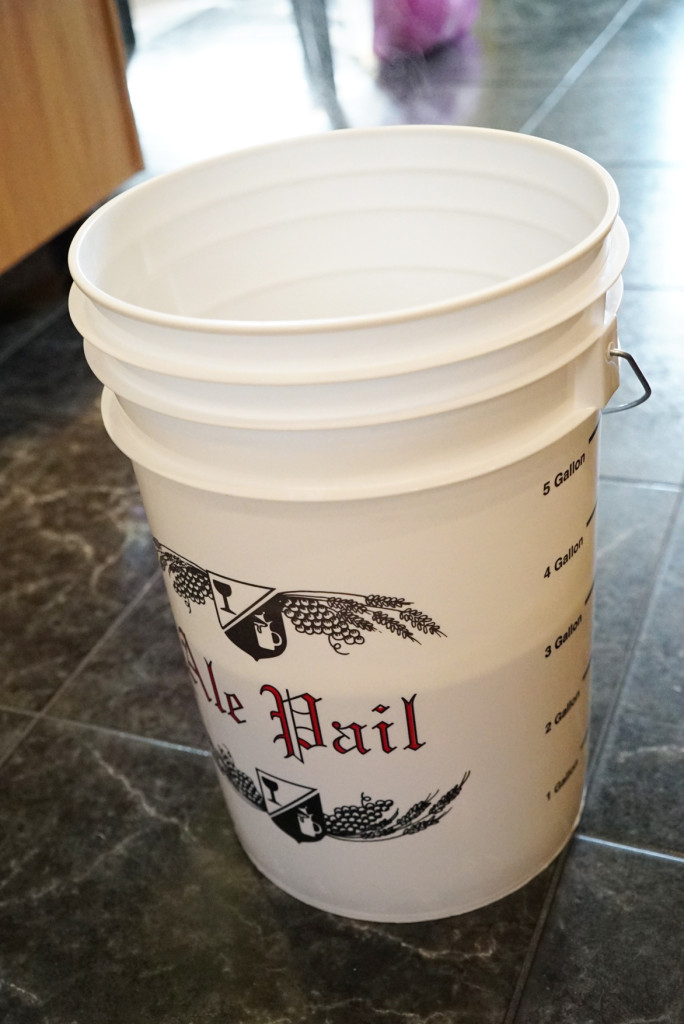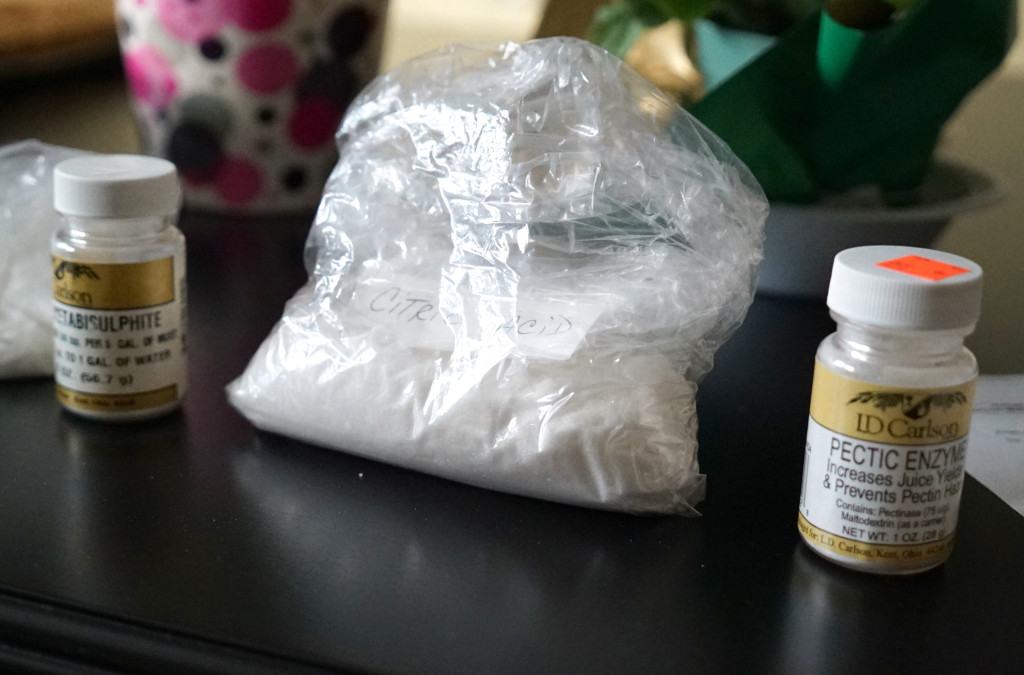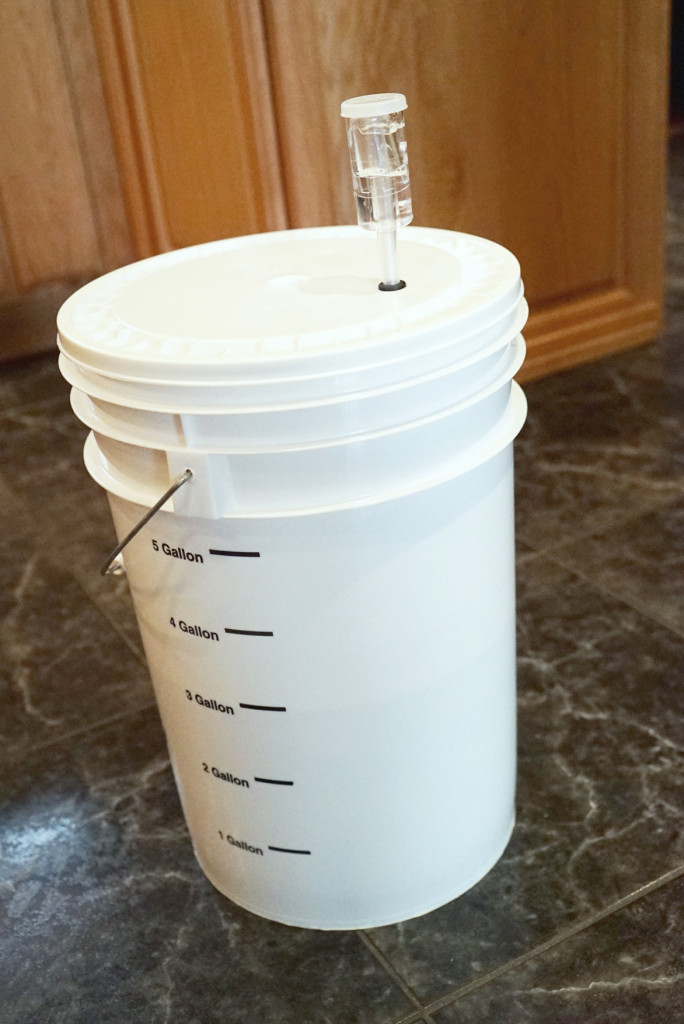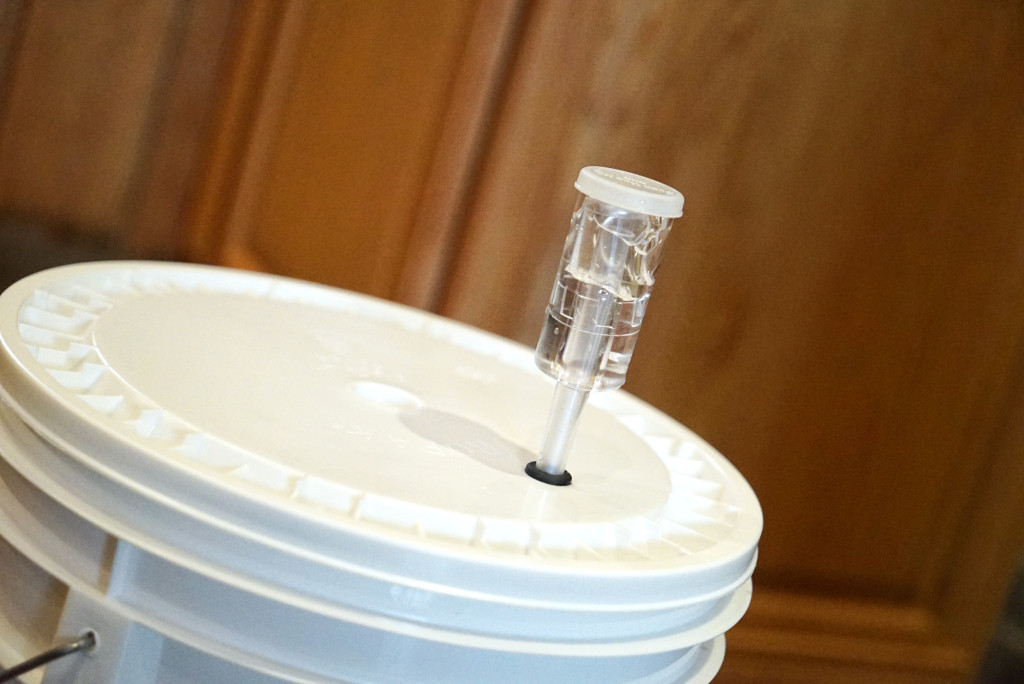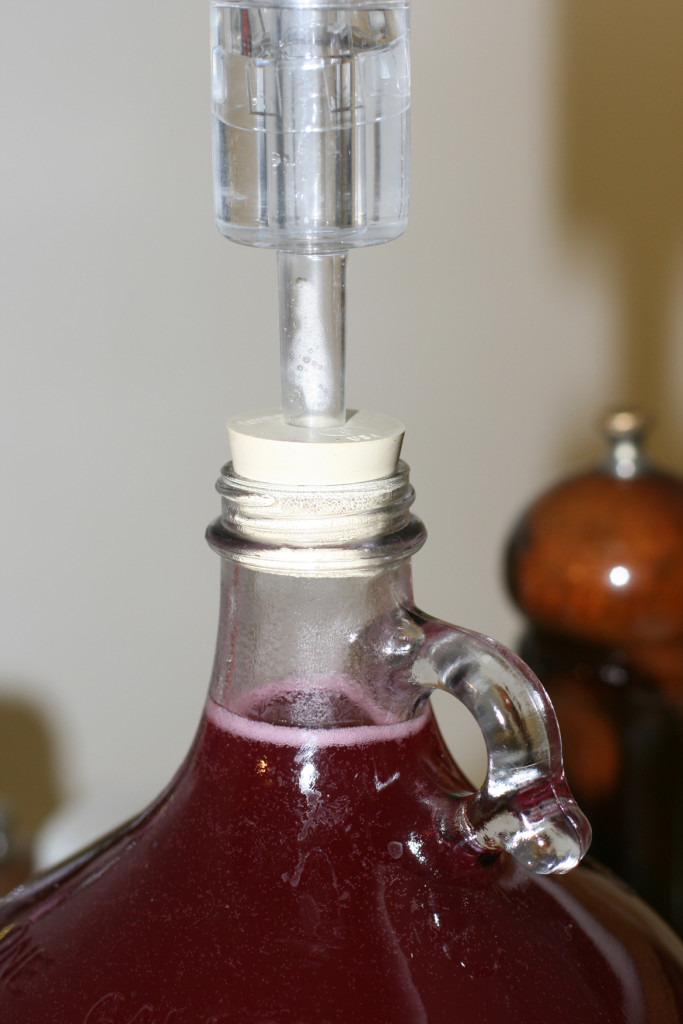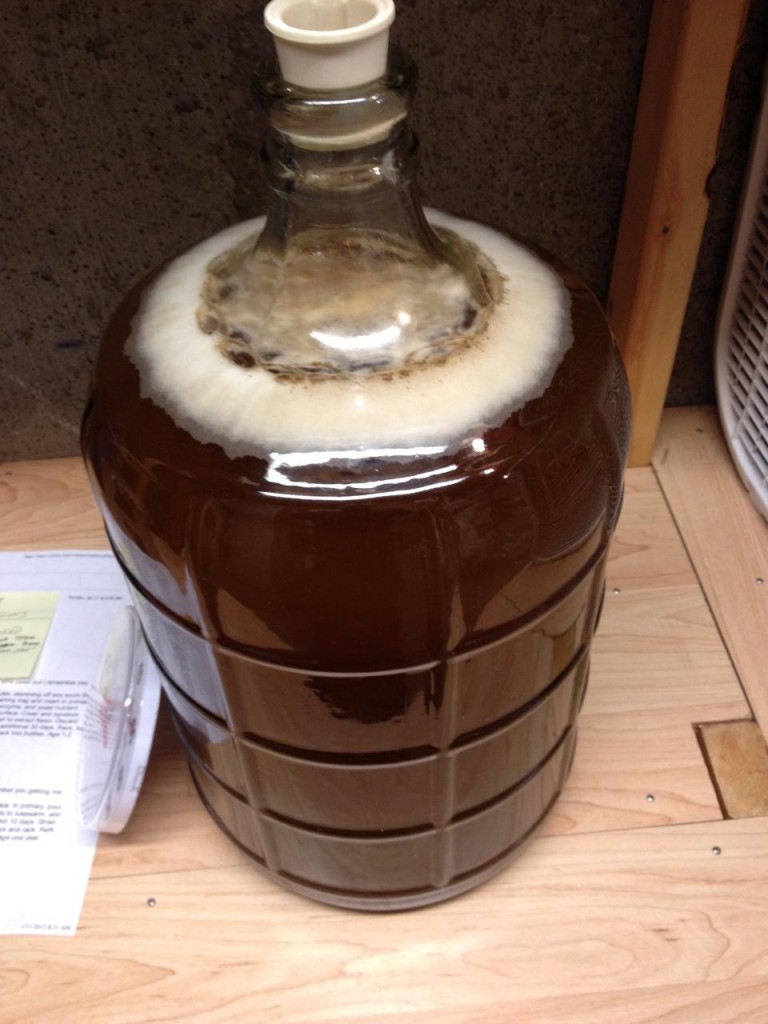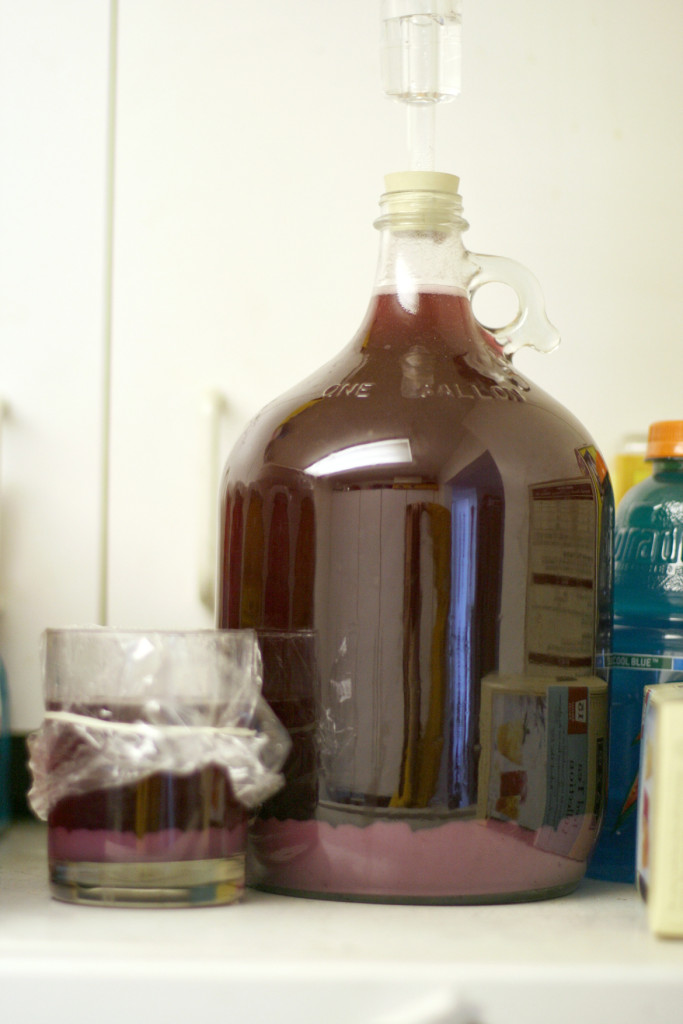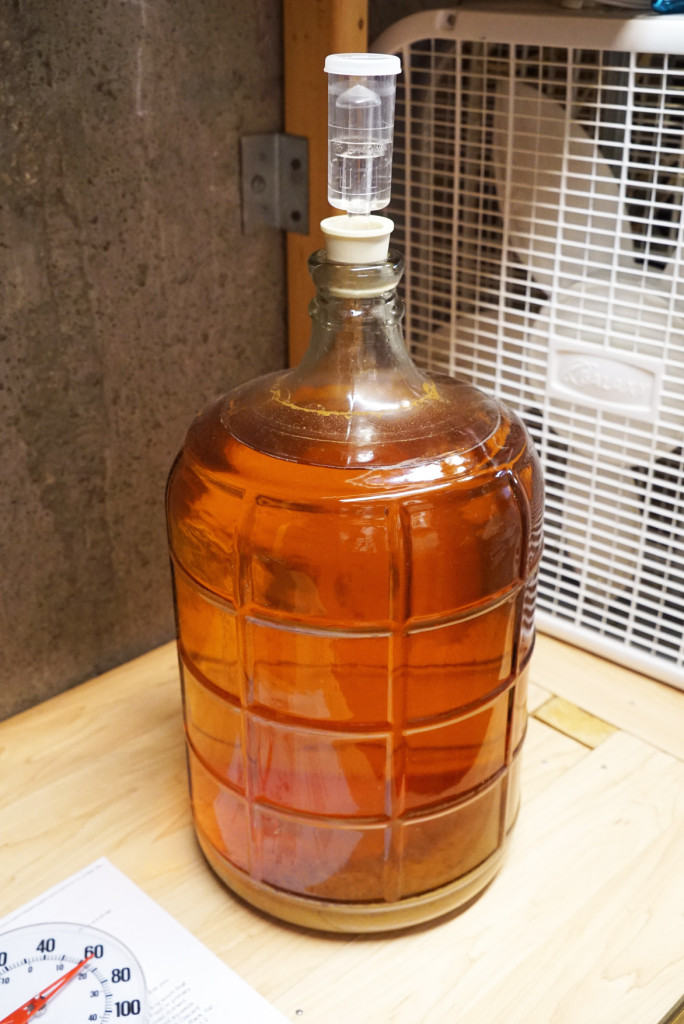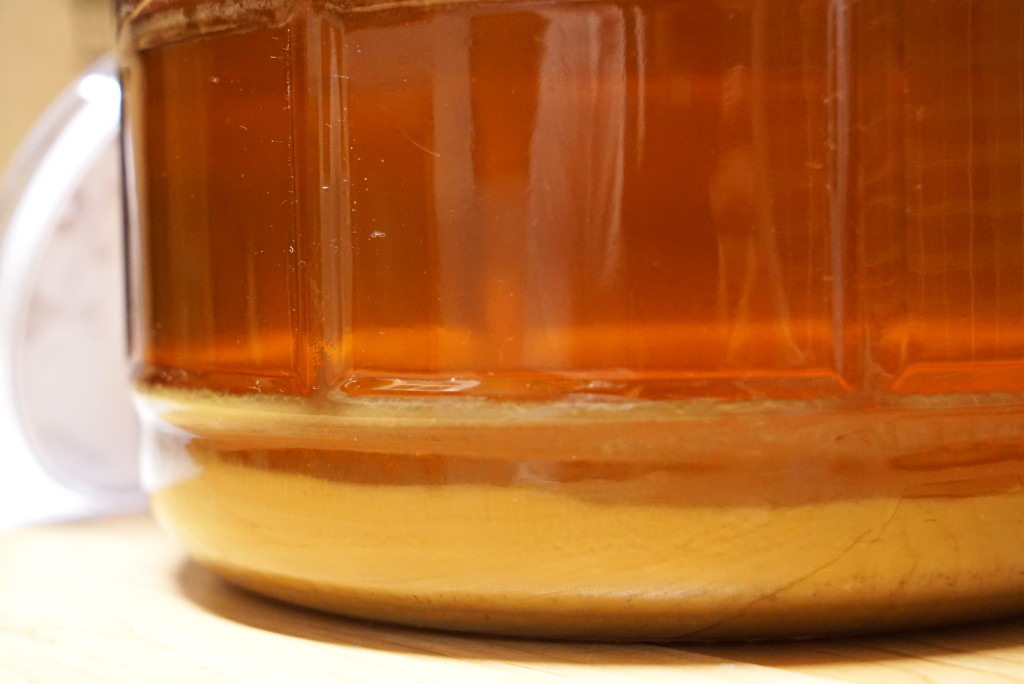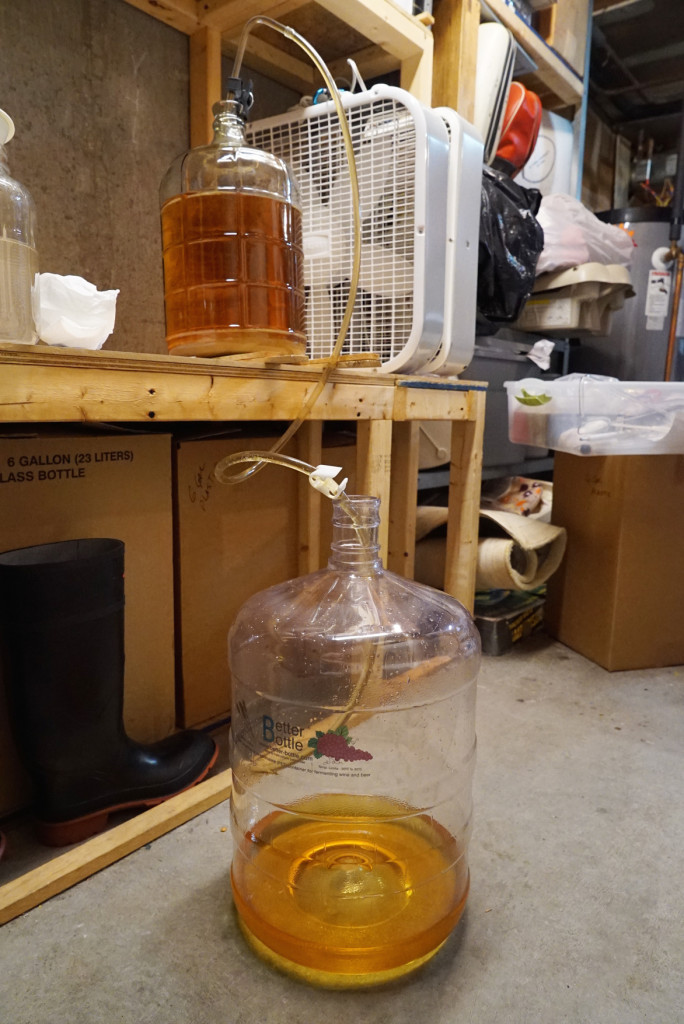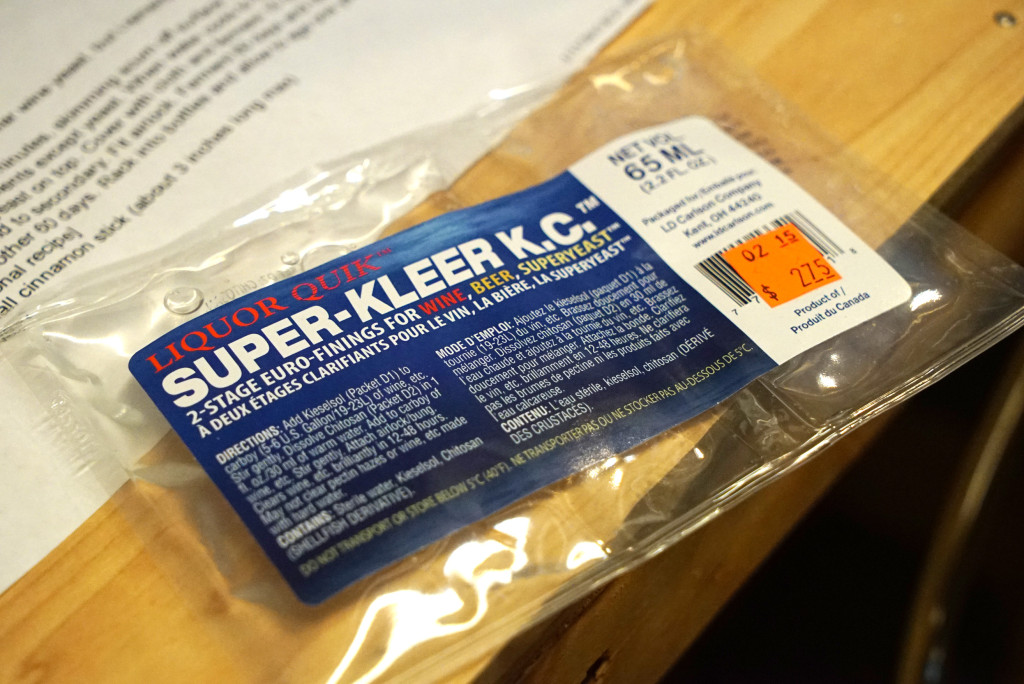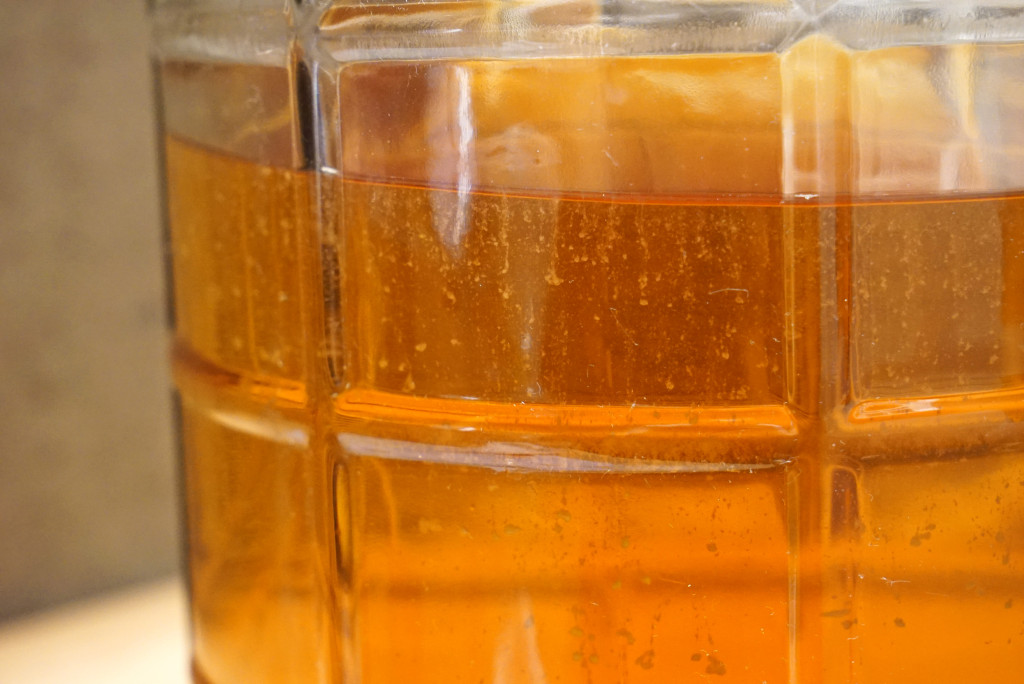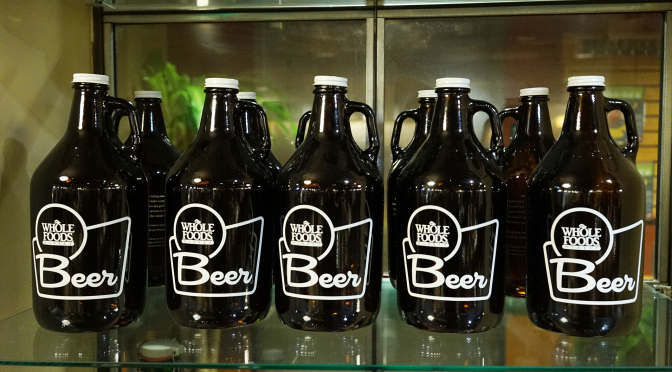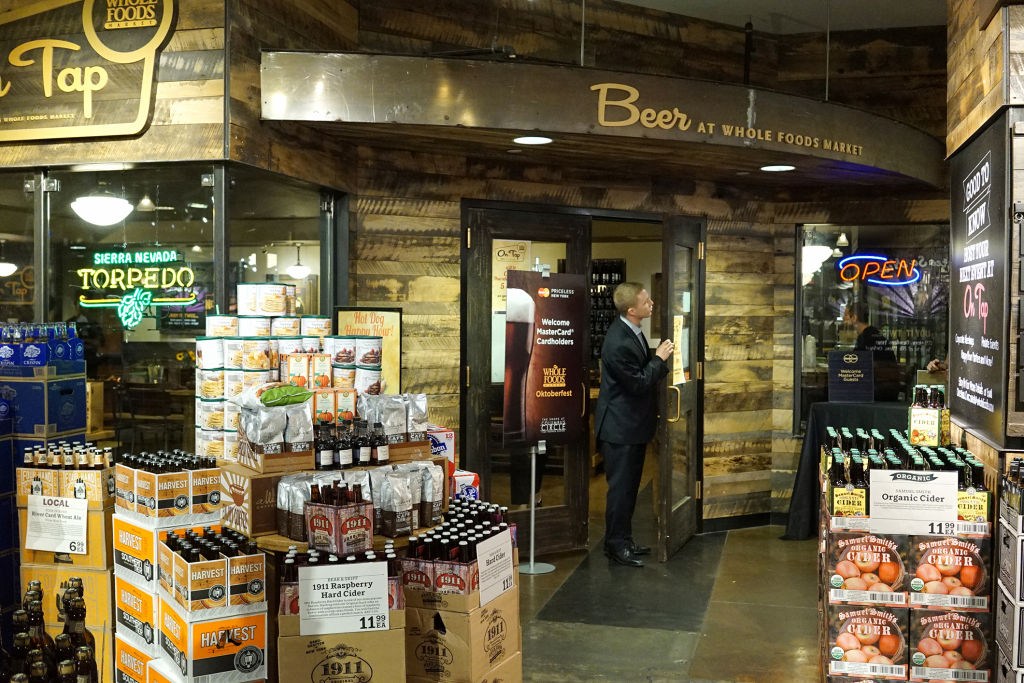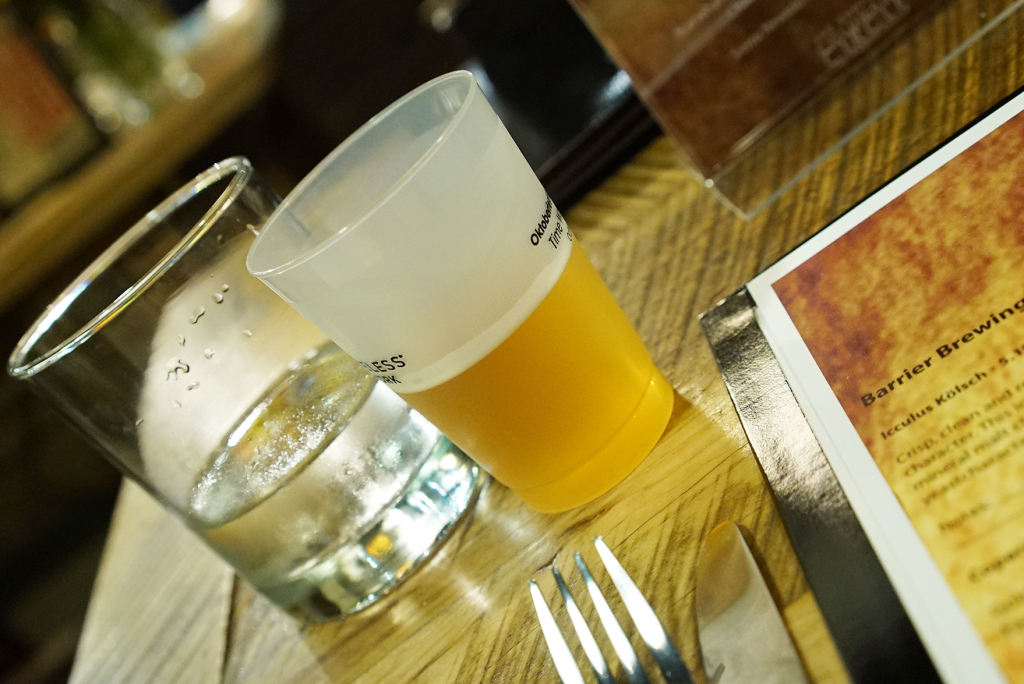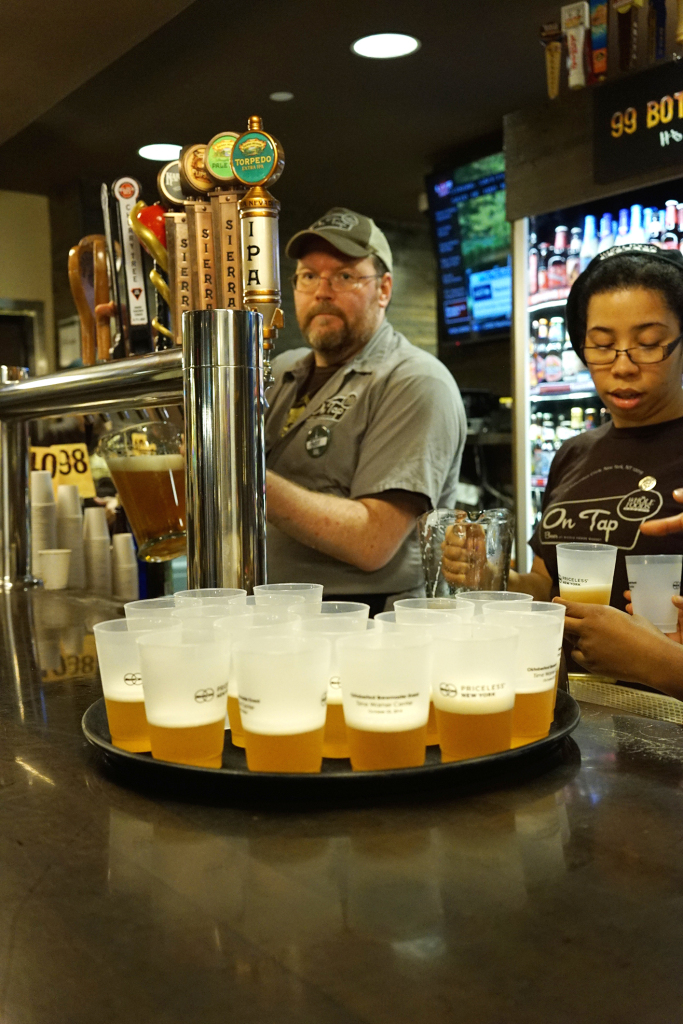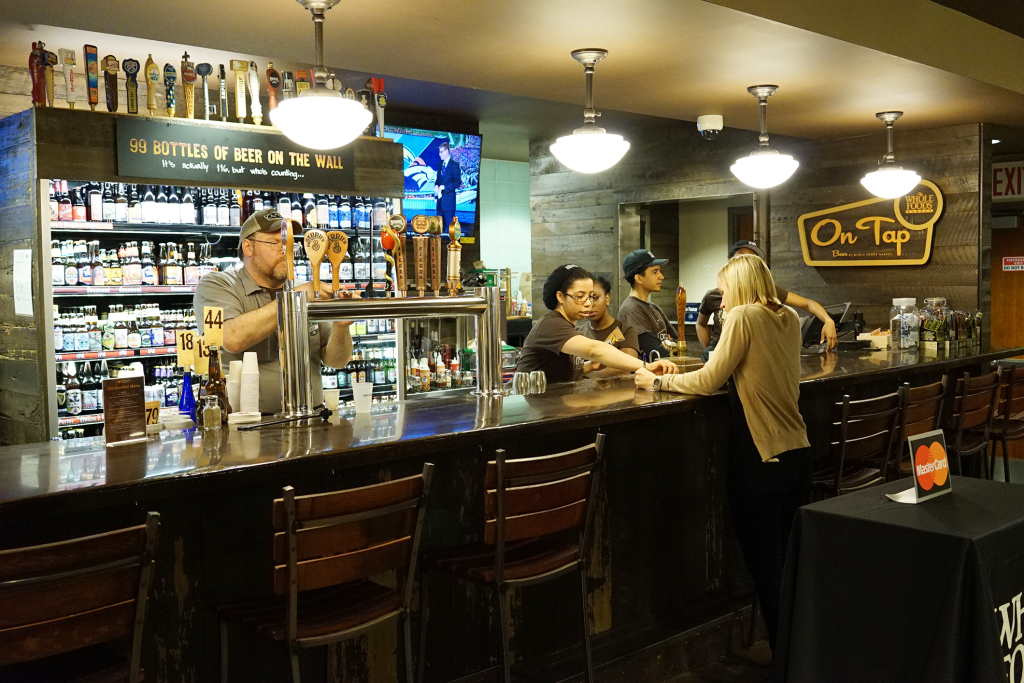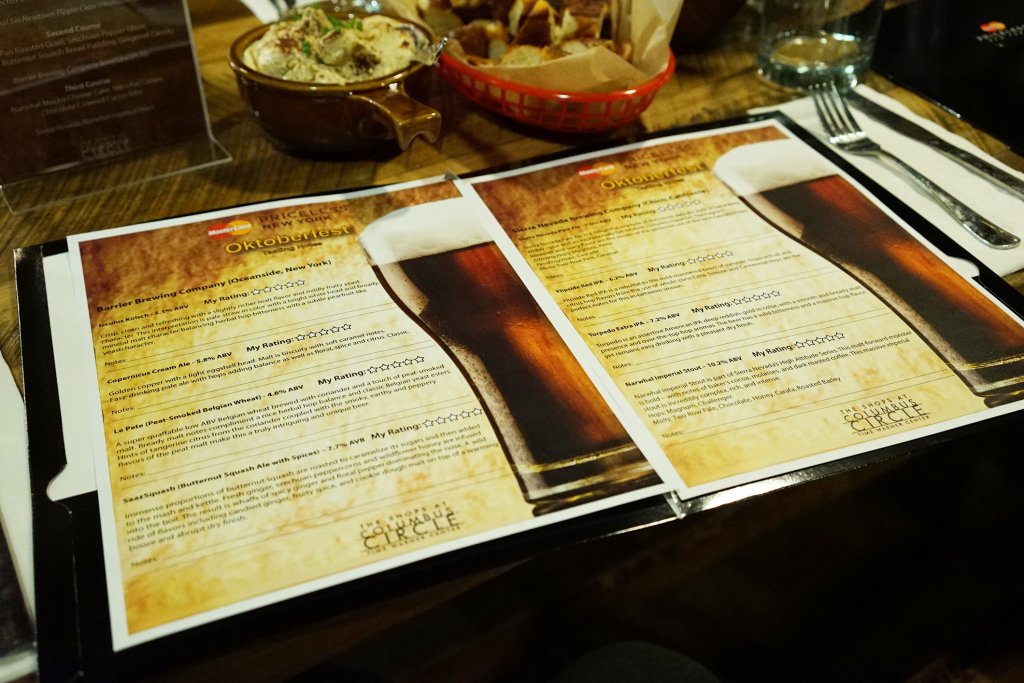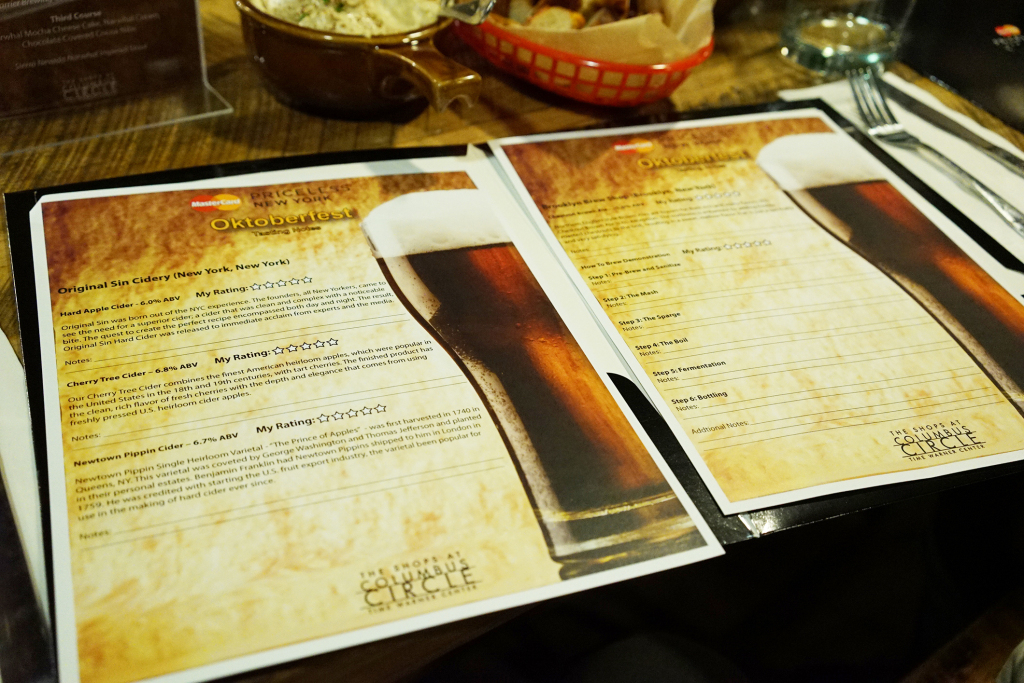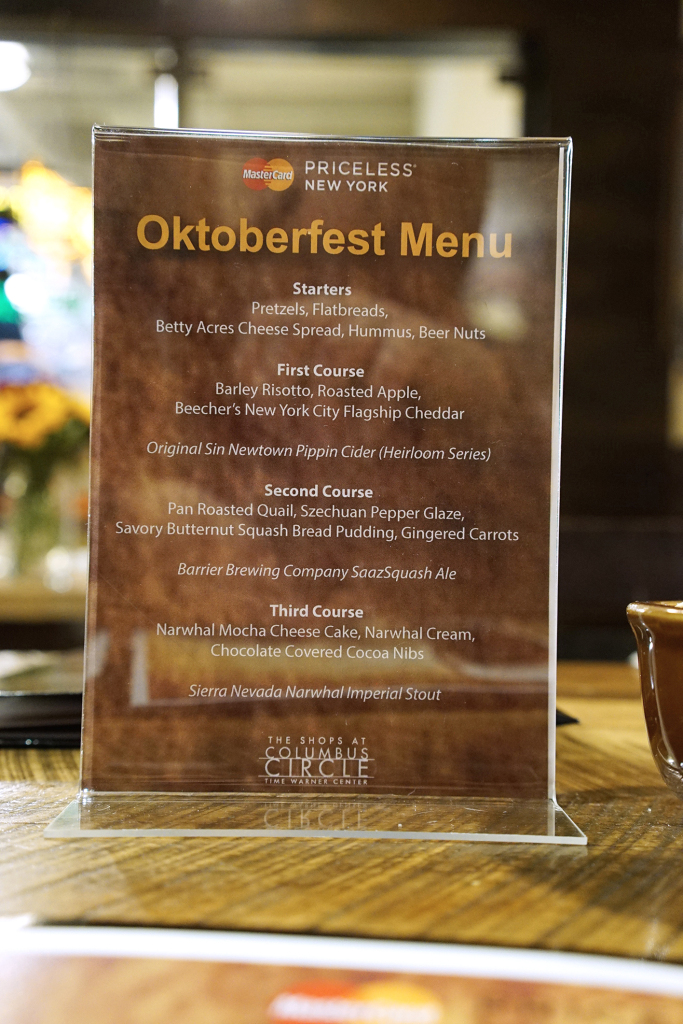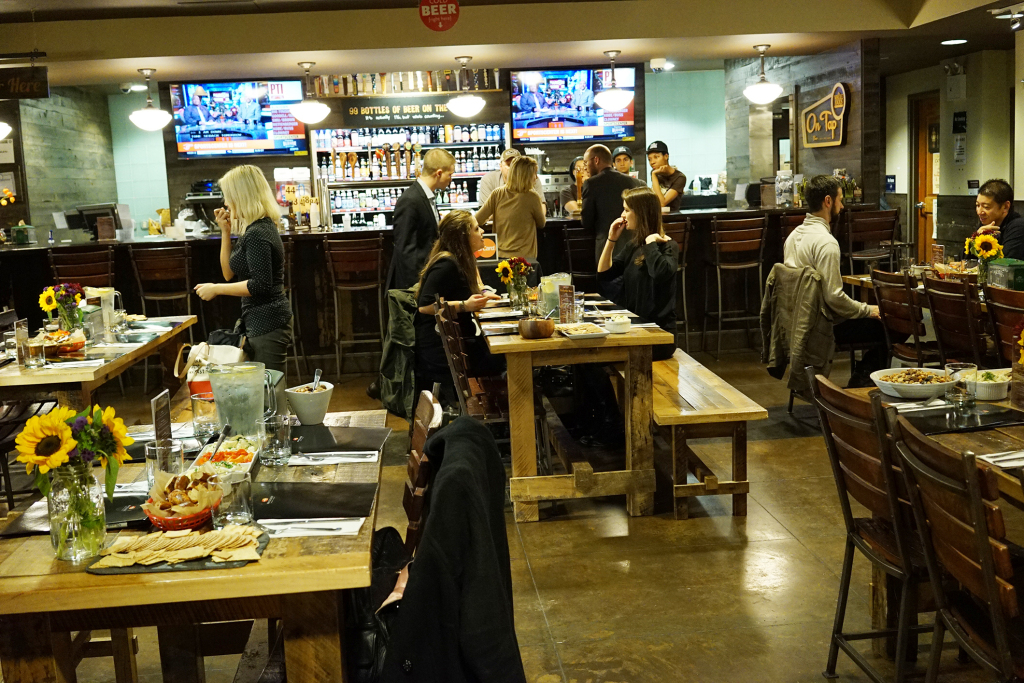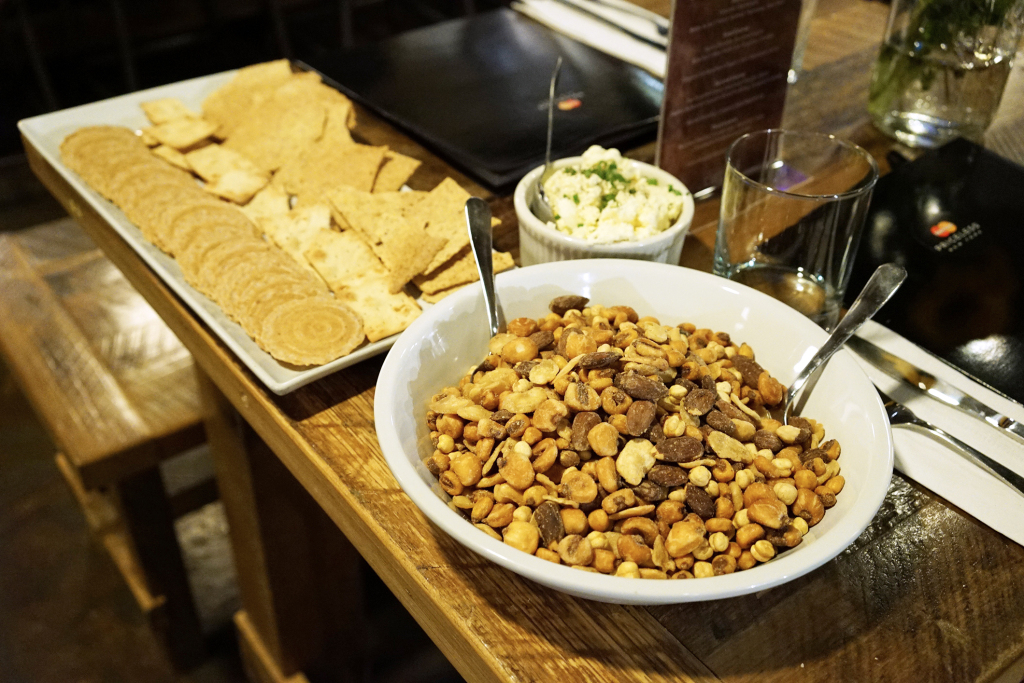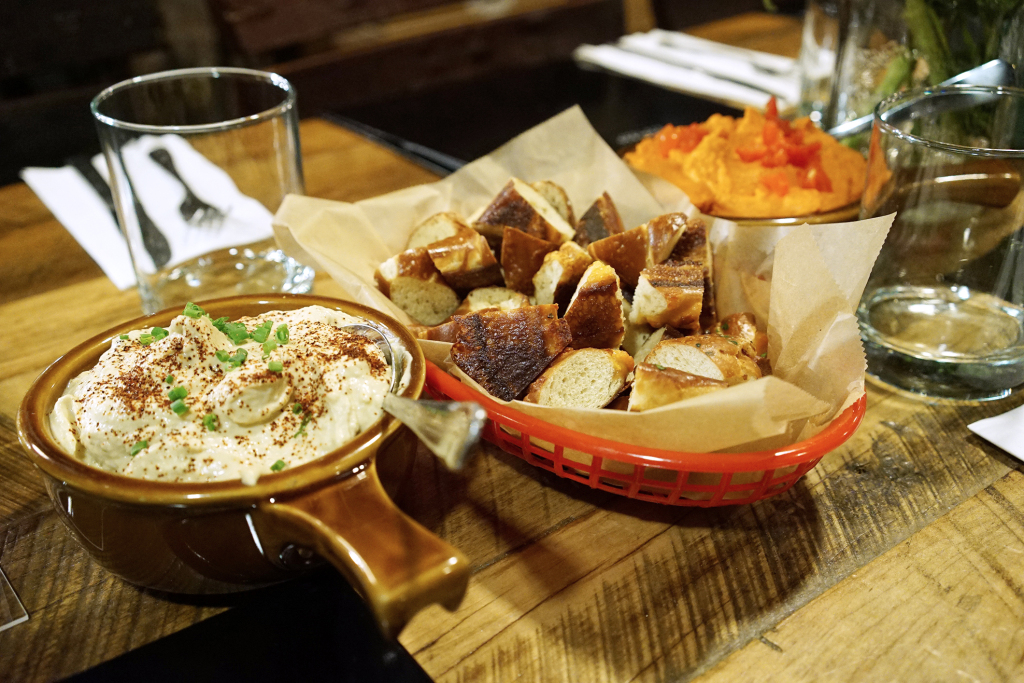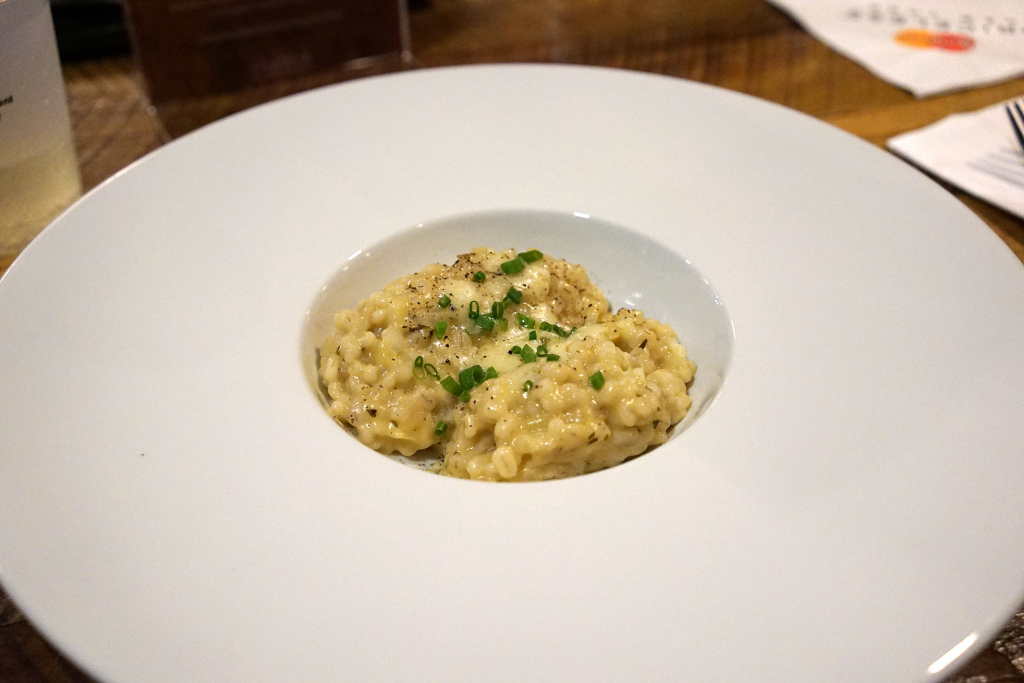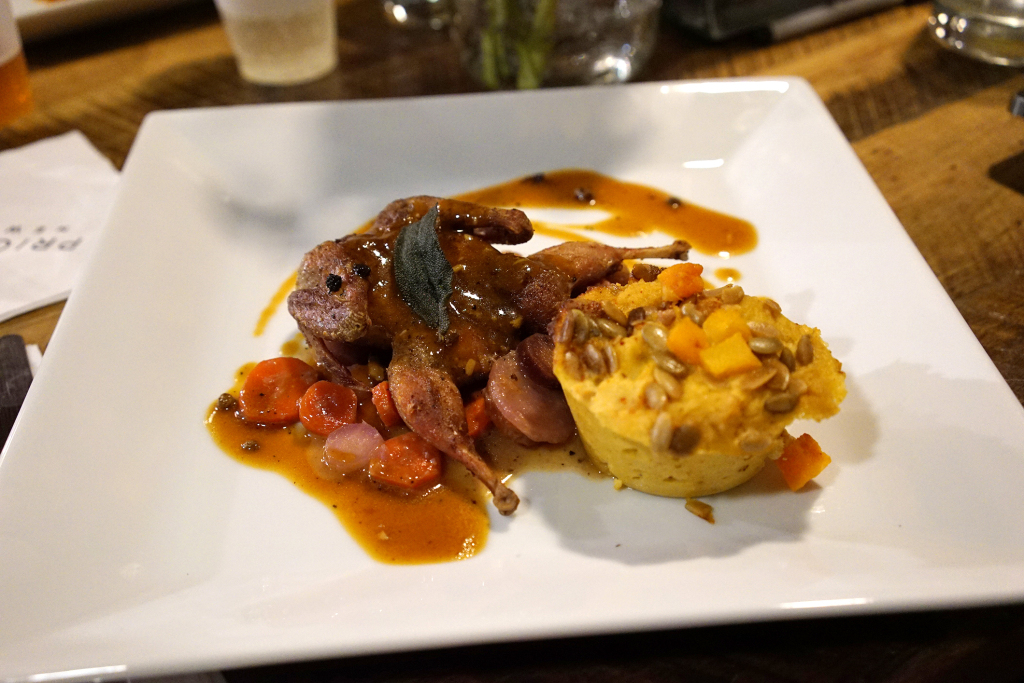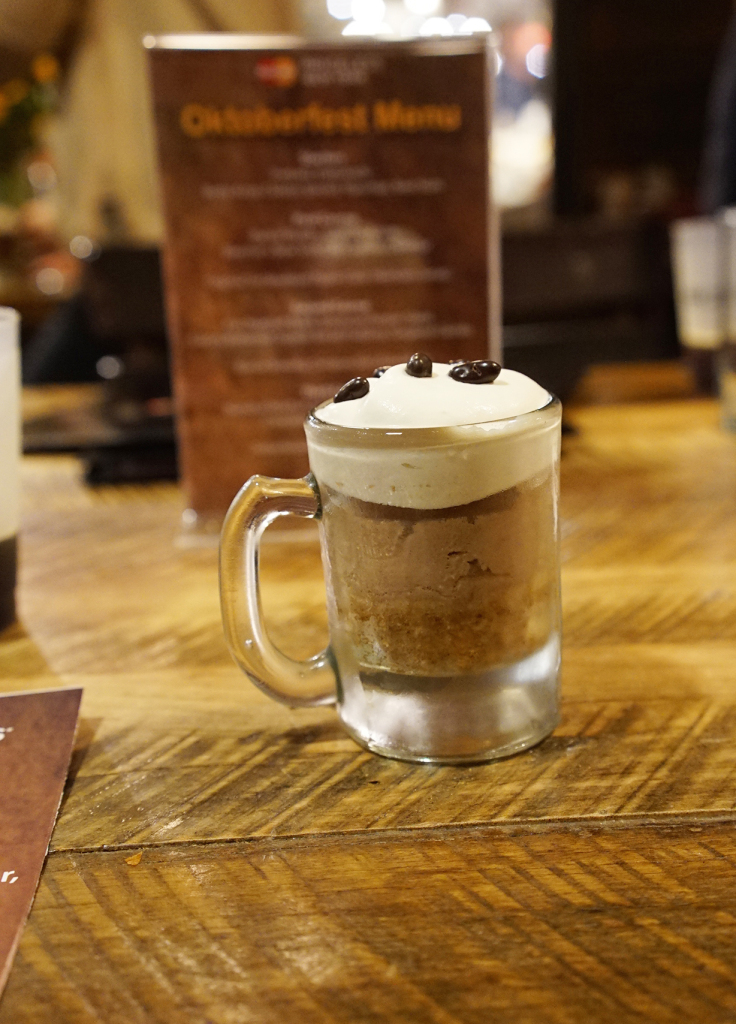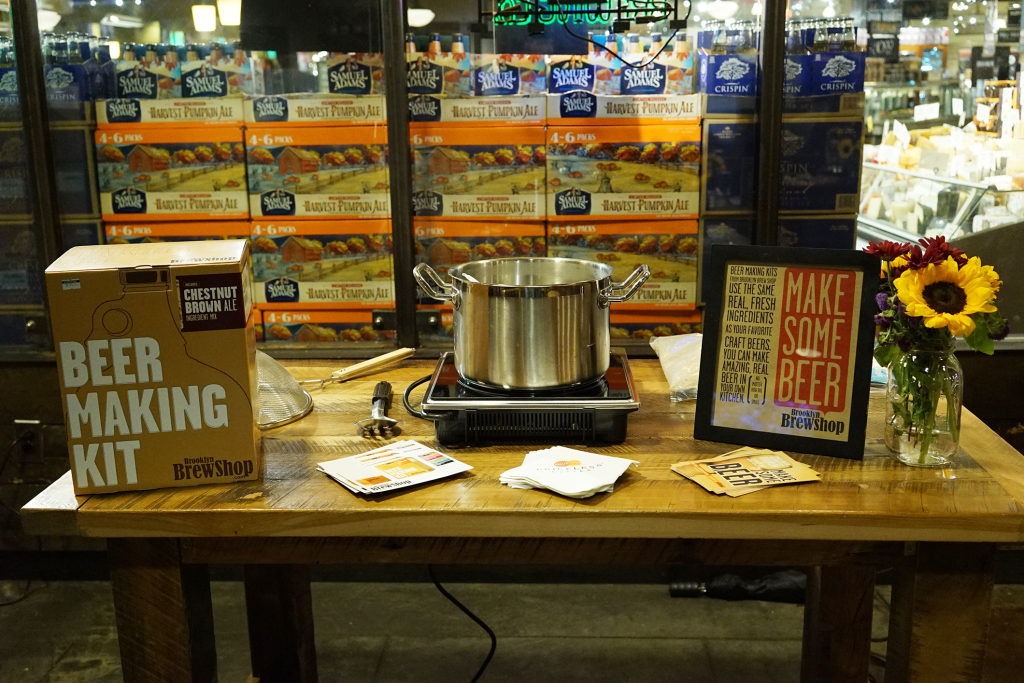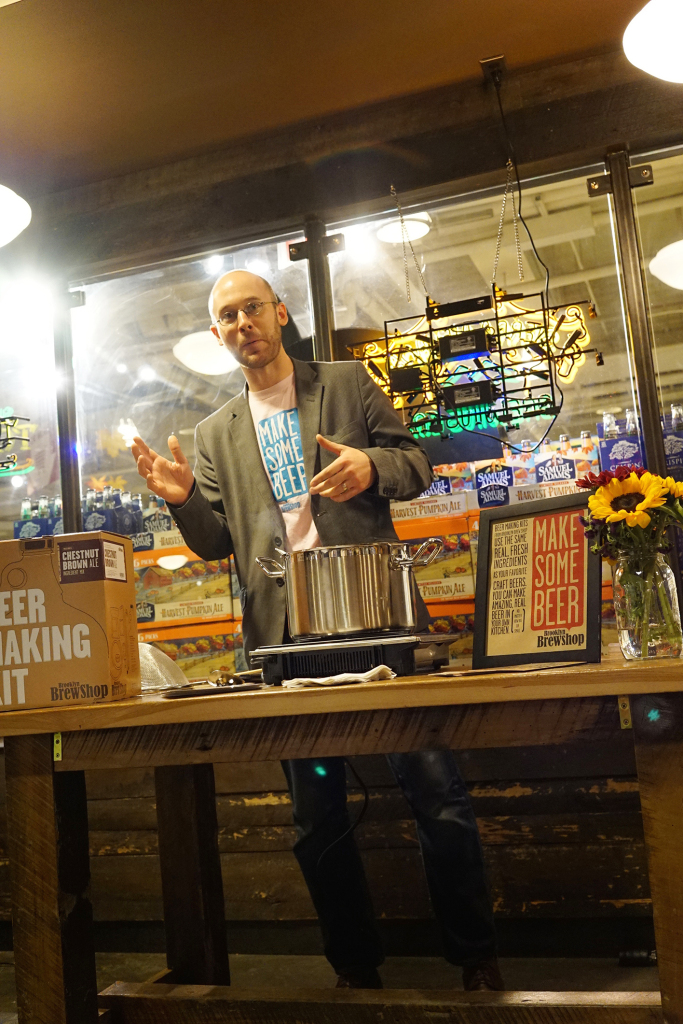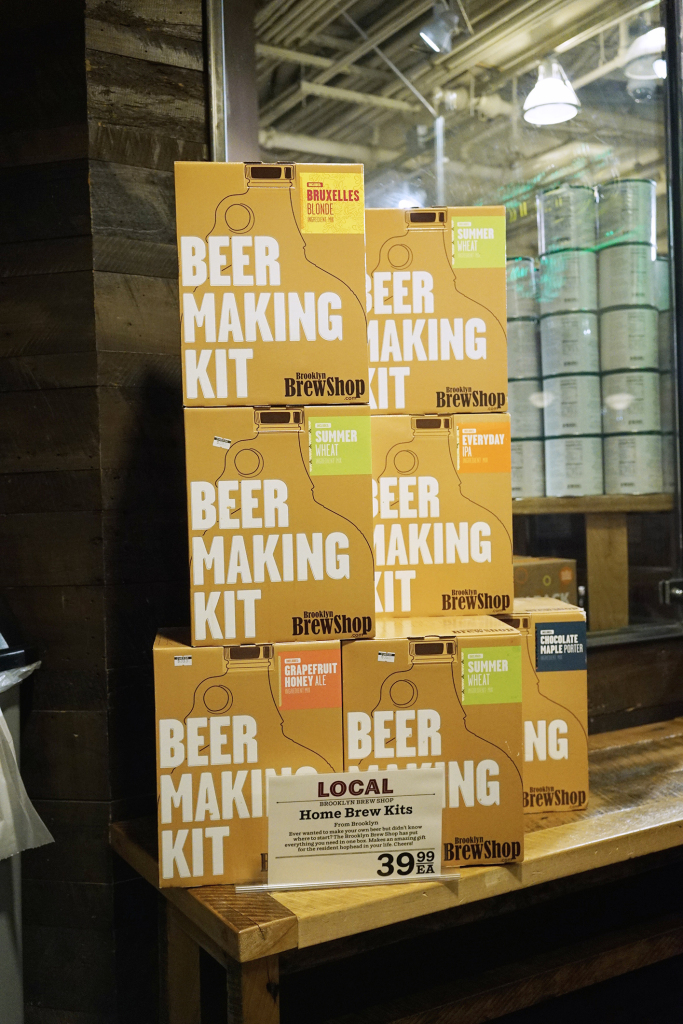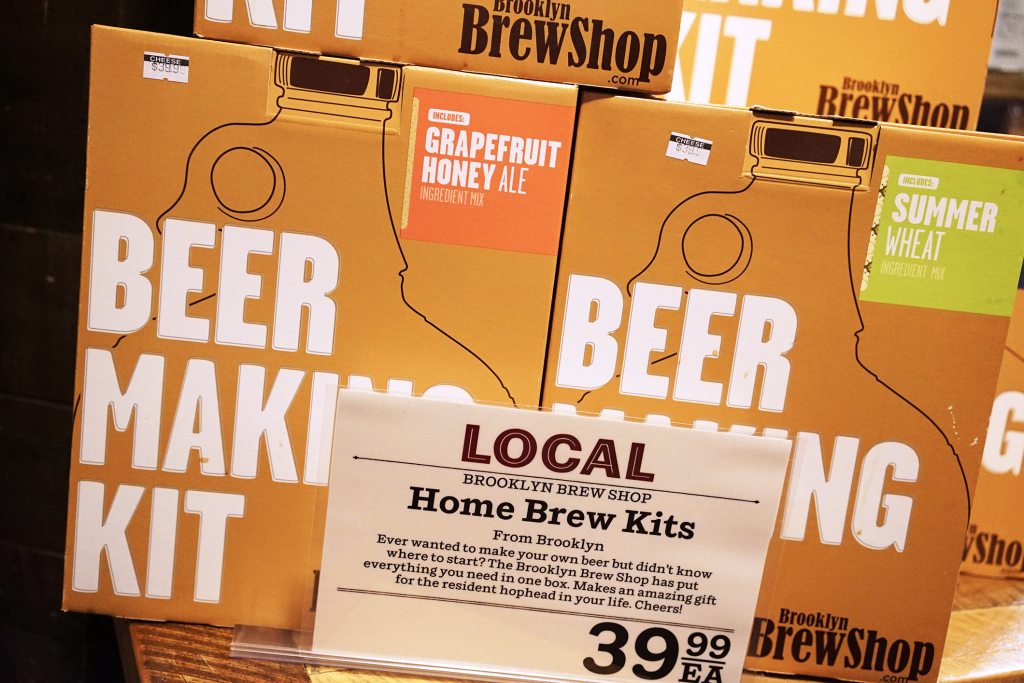In carrying on the tradition of my late grandfather, my dad and I make wine at home. In fact my cousin does as well.
After my grandfather passed, I convinced my dad that we should carry on the tradition. What started out as a simple kit wine merlot turned into buying grapes from a local vineyard and using our own crusher/destemmer to process our own wine.
My dad even converted half of his basement into a temperature controlled wine cellar. The only thing we don’t do is grow the grapes, but I’m still trying to convince my dad to plant some on the hill in his yard.
I made my first batch of bathtub wine in a NYC apartment back in 2003 or 2004 with frozen grape juice concentrate and bread yeast in an empty one-gallon milk container, using a balloon and a rubber band as my air lock. It was a fucking awful, headache-inducing monstrosity.
My dad, meanwhile, had picked up some good equipment. Carboys, primary fermenter buckets, bungs, air locks, siphon tubes, thermometers, acidity testing strips, etc. We used merlot juice that we picked up from a local home brew shop, and the end result was excellent. The early success inspired us to move on to actual grapes instead of juices. My dad’s first attempt with grapes was a pinot noir, notoriously fickle to make a good wine. The resulting wine was the best bottle of pinot I had ever tasted. We still talk about it today. It was absolutely amazing.
Another great batch was my and my wife’s wedding wine favors. We made blackberry merlot for our wedding favors. Awesome.
I like wine just as much as the next guy; I’m not a wine snob, and I usually prefer a beer or cocktail with my meals. Making wine is pretty damn simple though, so it is a great skill to have. The wine you end up with, if you know what you’re doing, is better than most of the store bought crap that you can find for under $100, so it’s worth it to get into this hobby if you are into wine.
Making mead is a very similar process, just cleaner and a little easier. If you don’t know, mead is honey-based wine as opposed to grape-based. The great thing about making mead is that you can really get experimental with the flavors. My first attempt at making mead was one of our best booze making endeavors to date. I used honey, blueberries, rose petals, cinnamon and cloves. It was a really nice spice wine type of drink. Strong and sweet, great for the holidays.
I’m writing this post because I’ve just started another batch of mead, only this time I stuck to just honey and spices. Ten pounds of honey, a bag of spices like star anise, cinnamon, cardamom, clove, black peppercorns and cilantro.
Here’s how you make mead:
First, you boil some water. Then you add the honey into the desired amount of water, skimming off any white scum that forms at the top of the liquid as you go. Since I was going for strong and sweet, I dissolved the honey into three gallons of water (total amount, after honey was added), but you could probably use a ratio of two or two and a half pounds per gallon if you want. Boil for about 30 minutes and then let the liquid cool down so it is no longer boiling/bubbling.
TIP: You may want to put your honey bottles into some hot water so the honey is easier to pour out, and you don’t have to burn your arms while waiting to pour all that honey out over a boiling pot of water and steam.
Sterilize your primary fermenting bucket as per the instructions on your packet of potassium metabisulfite. Don’t be frightened by this step. It’s really just a matter of mixing the power into the water at the right proportion, and then sloshing the water around in your equipment for a little bit. Then dump out and dry it off.
Pour the hot honey water over your bag of spices, which you should secure in a straining bag, and into a primary fermenting container (usually a bucket that you can later secure with an air lock).
Activate some yeast in a separate cup while you wait for your honey boil to drop down to about 120 degrees or less.
At this point you can add your citric acid (3/4 tsp), pectic enzyme (1.5 tsp), yeast nutrient (3 tsp) and any other things you might find that are helpful for the process.
Once it cools down, add your yeast and give the mixture a swirl before closing the bucket and affixing an air lock on the top.
What is an airlock? It’s a gas trap. It allows gas byproduct to escape the container without allowing air to get back in. Think of the toilet or sink J-trap. It essentially prevents the alcohol from turning into vinegar. When gas escapes, the air lock will bubble up, as seen below:
At the peak of fermentation (yeast eating sugars and releasing lees (sediment), alcohol and gas as waste byproducts), this airlock will be rumbling pretty regularly. At first it may take a few days to get started.
Next step is to pretty much wait. Just leave it alone, keeping the bucket in an undisturbed place that is room temperature or slightly more (maybe 70-75 degrees). When the air bubbles pretty much stop, you are ready to siphon the mead off the dregs and into a secondary fermenting container, or carboy. Place a siphon tube down toward the bottom of the bucket without entering the sediment. Raise the bucket high up onto a table, and line up your carboy or secondary fermenter nearby on the floor. Siphon the liquid from bucket to carboy, and then discard the sediment at the bottom of the bucket. Attach an air lock to the carboy and let it stay that way for a month or two.
If there is more build up of sediment at that time, rack it off again (siphon it off) and into another carboy.
Repeat until the mead no longer drops off any sediment. In the picture below, you’ll see a good three to four inches of sediment at the bottom of the one-gallon carboy. This was my first batch of blueberry rose mead.
Once you are confident that the fermentation has stopped, you’ve racked your wine/mead off the sediment a few times, and no more sediment is falling out of the liquid, then it is time for bottling and/or, soon enough, drinking!
UPDATED PHOTOS – the brown, murky liquid in one of the above pictures (slightly blurry) has now fermented into this golden-amber beauty:
The liquid was once sticky to the touch, due to the sugar content. All that sugar has now turned into alcohol. The mead is strong, sweet, and comforting.
My father and I racked it off the sediment almost two months to the day after we initially began the project:
Then we added a clarifying agent to pull out some of the remaining suspended sediment:
It is now crystal clear. One more racking and then another period of waiting until we can bottle it up.

